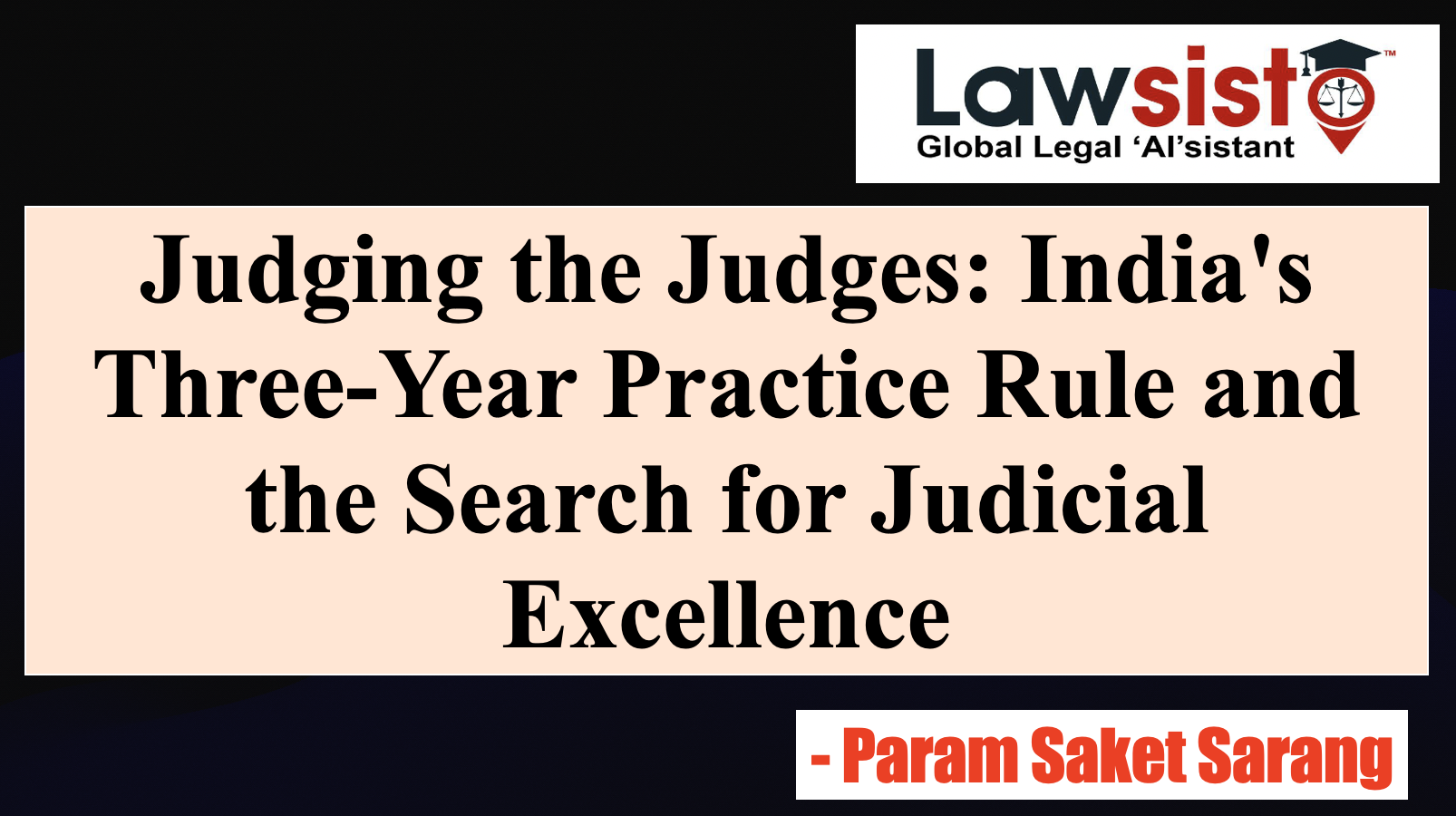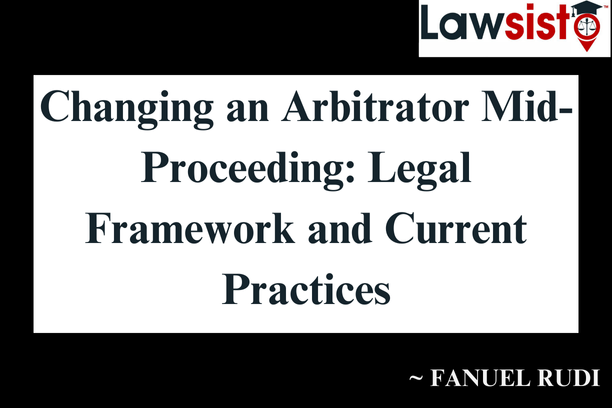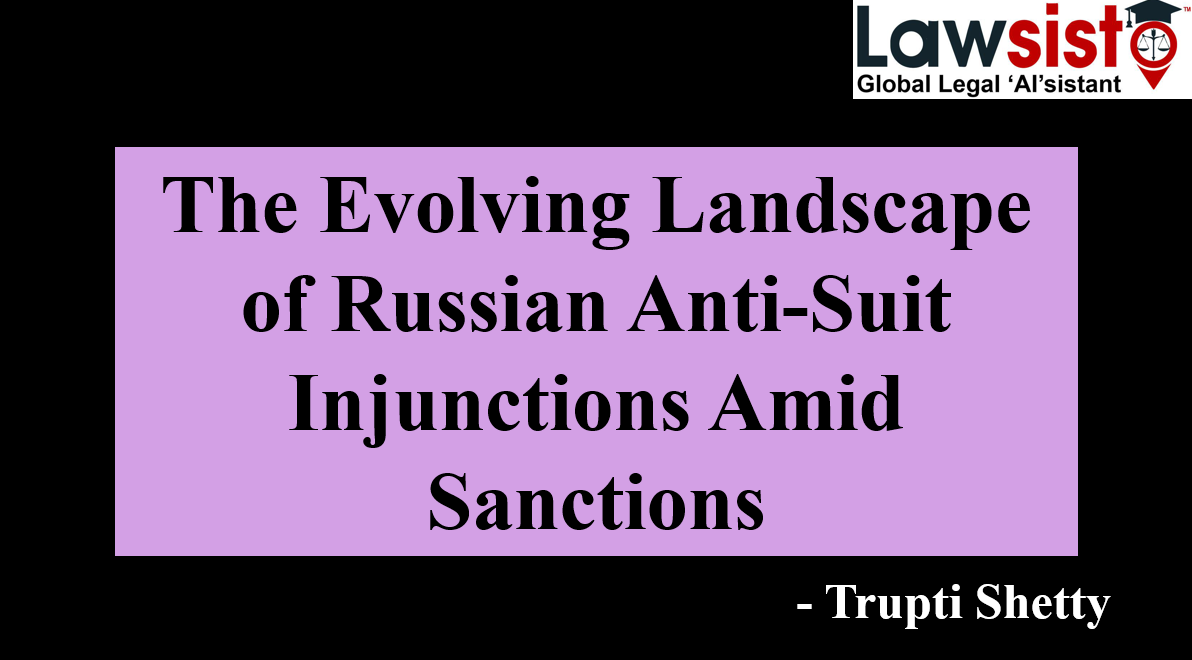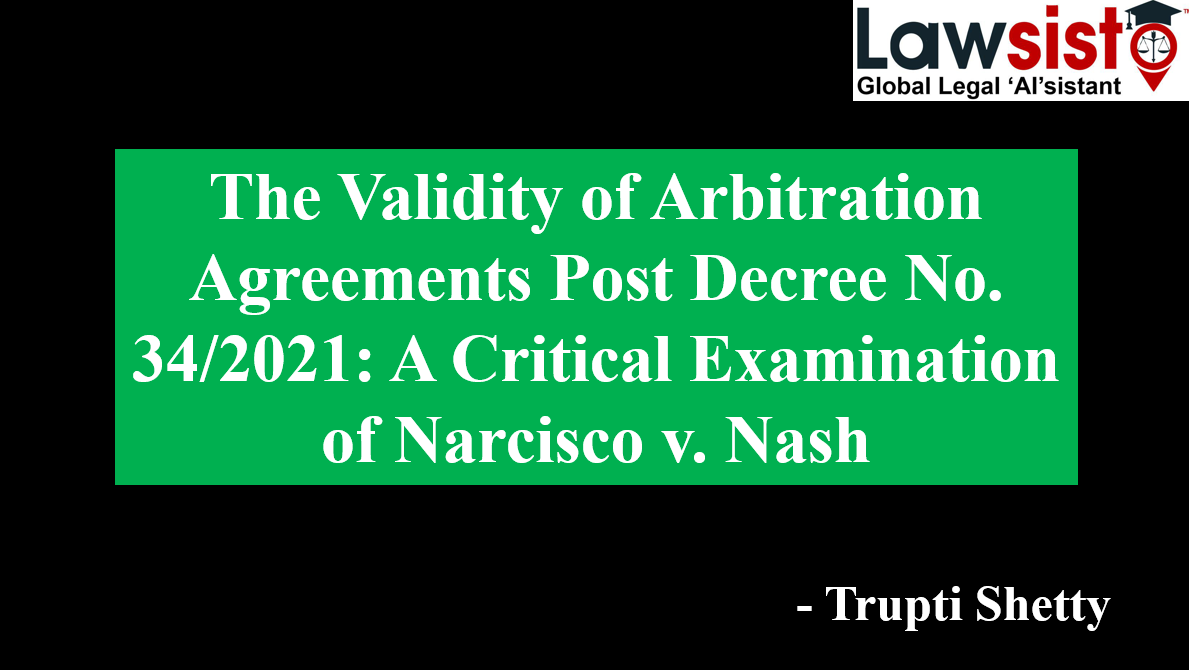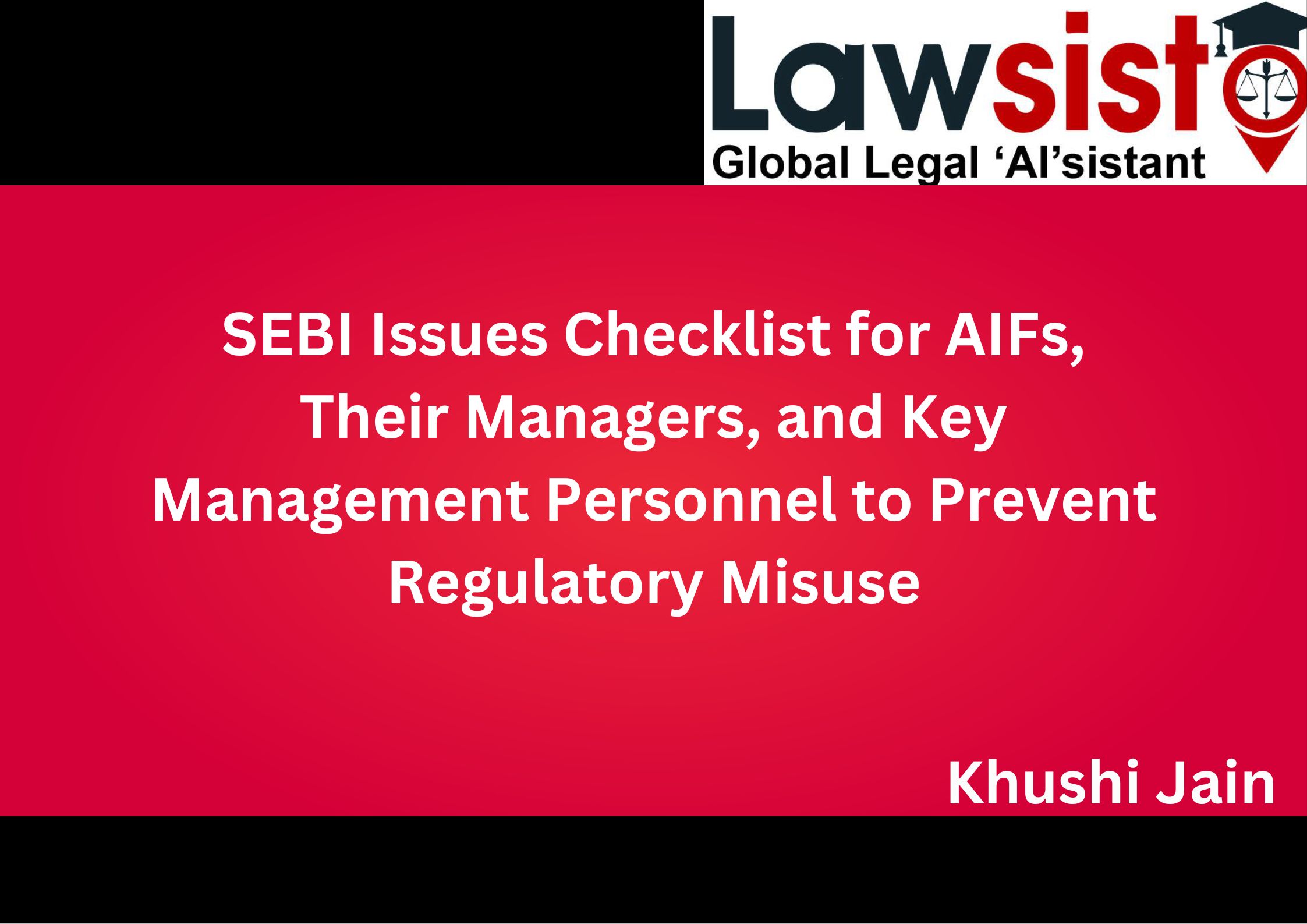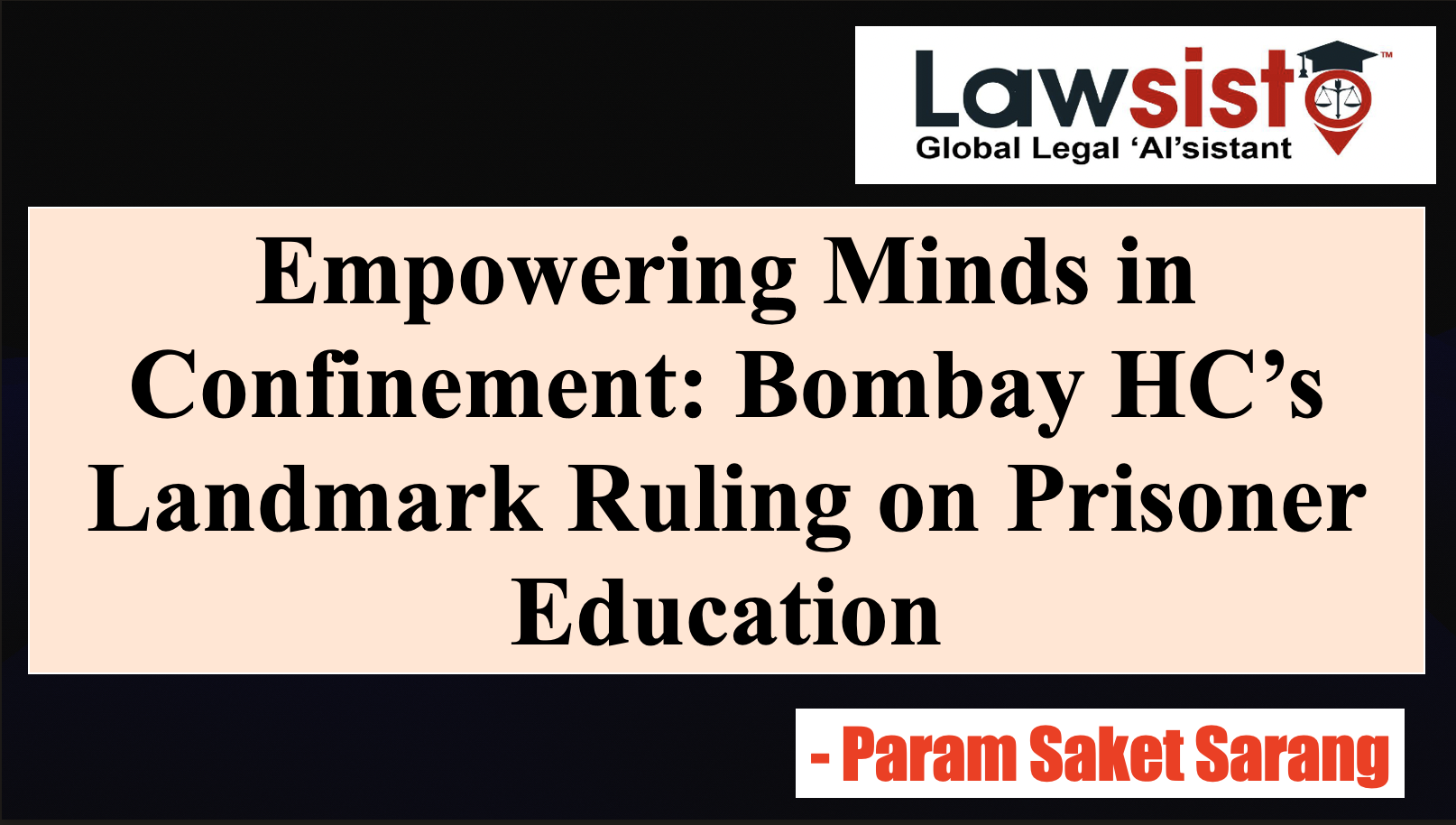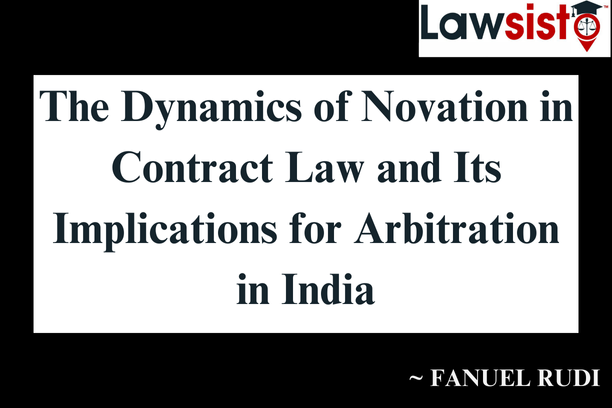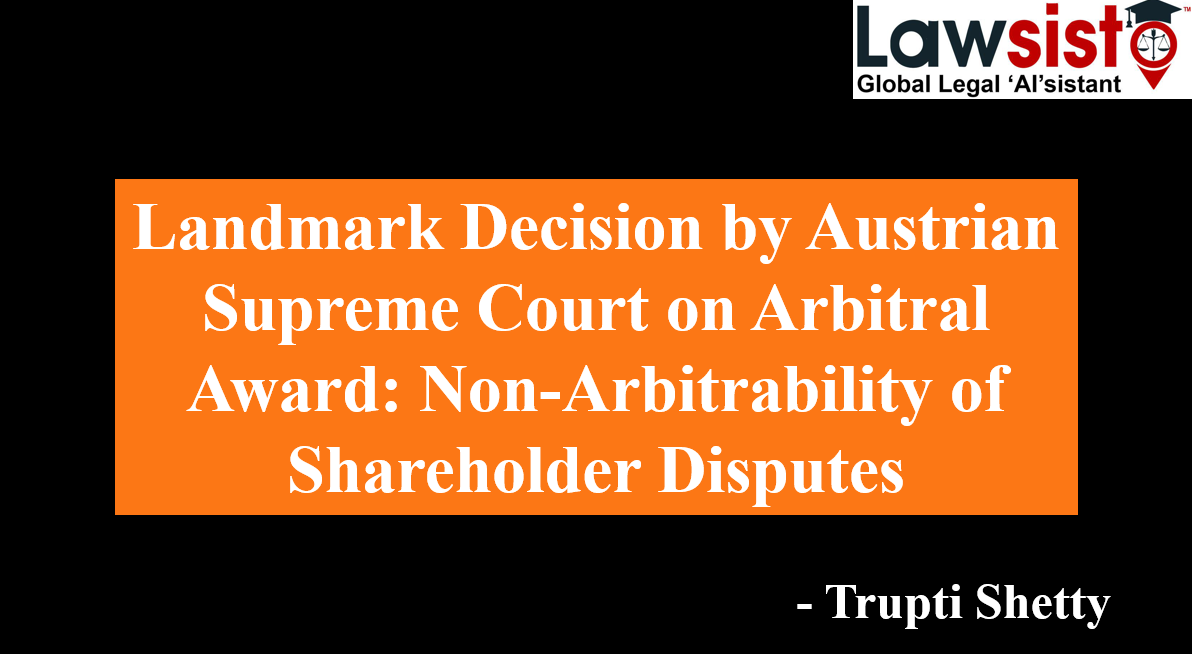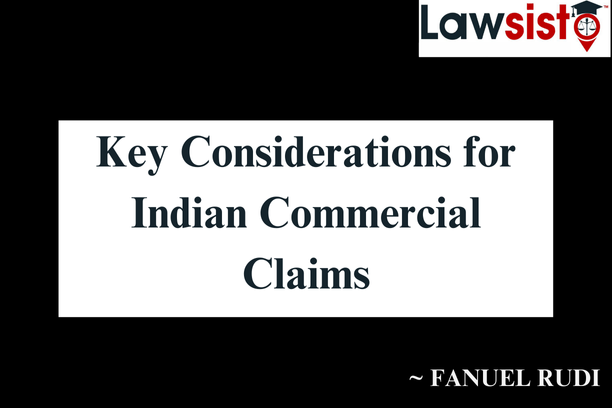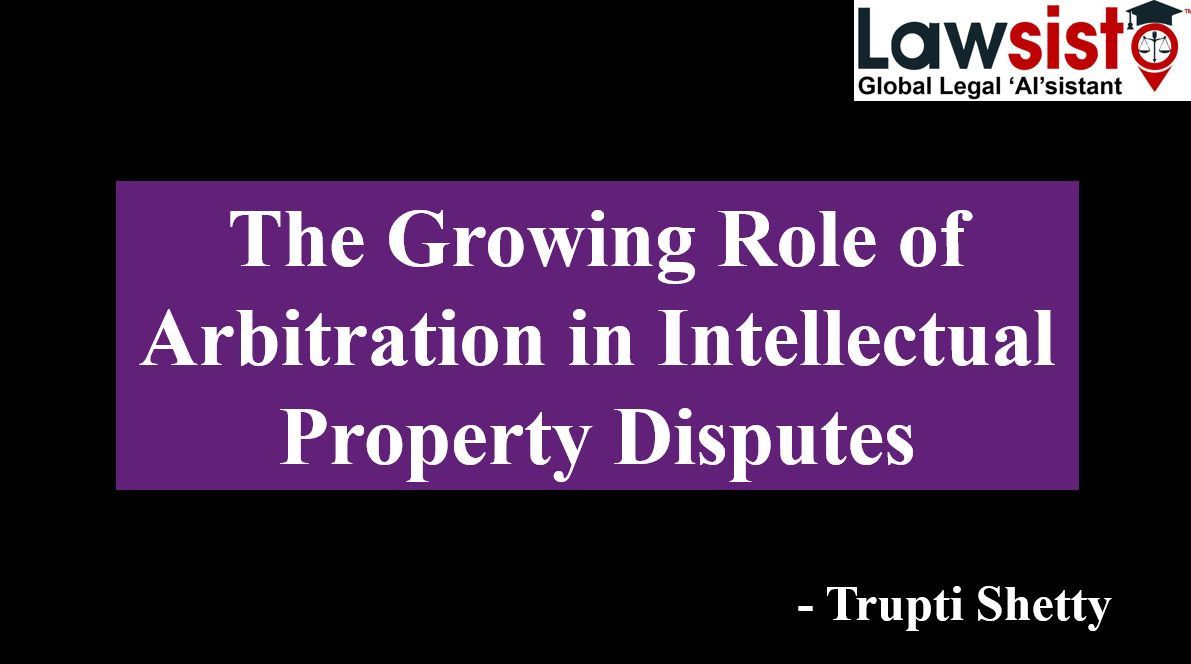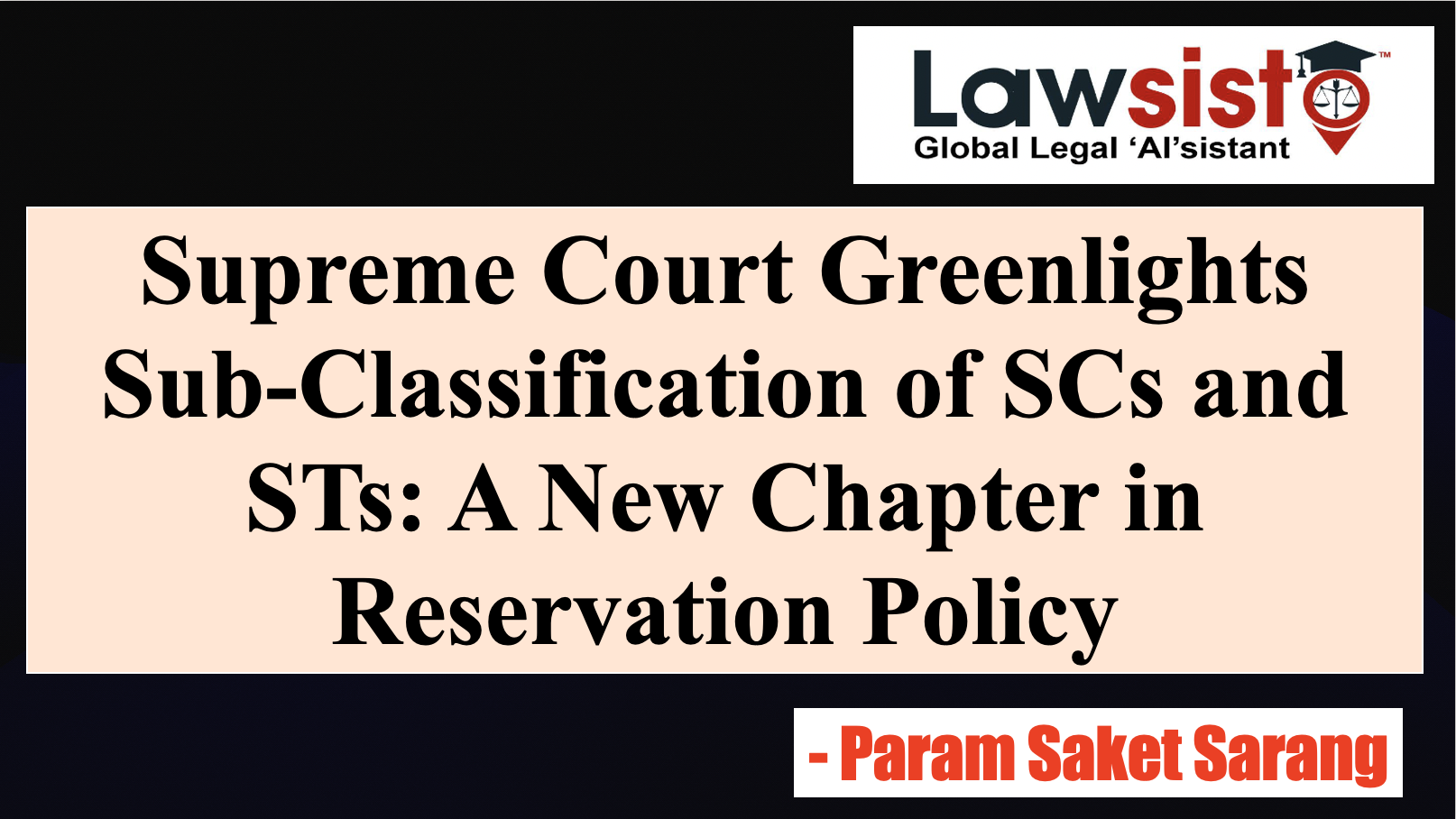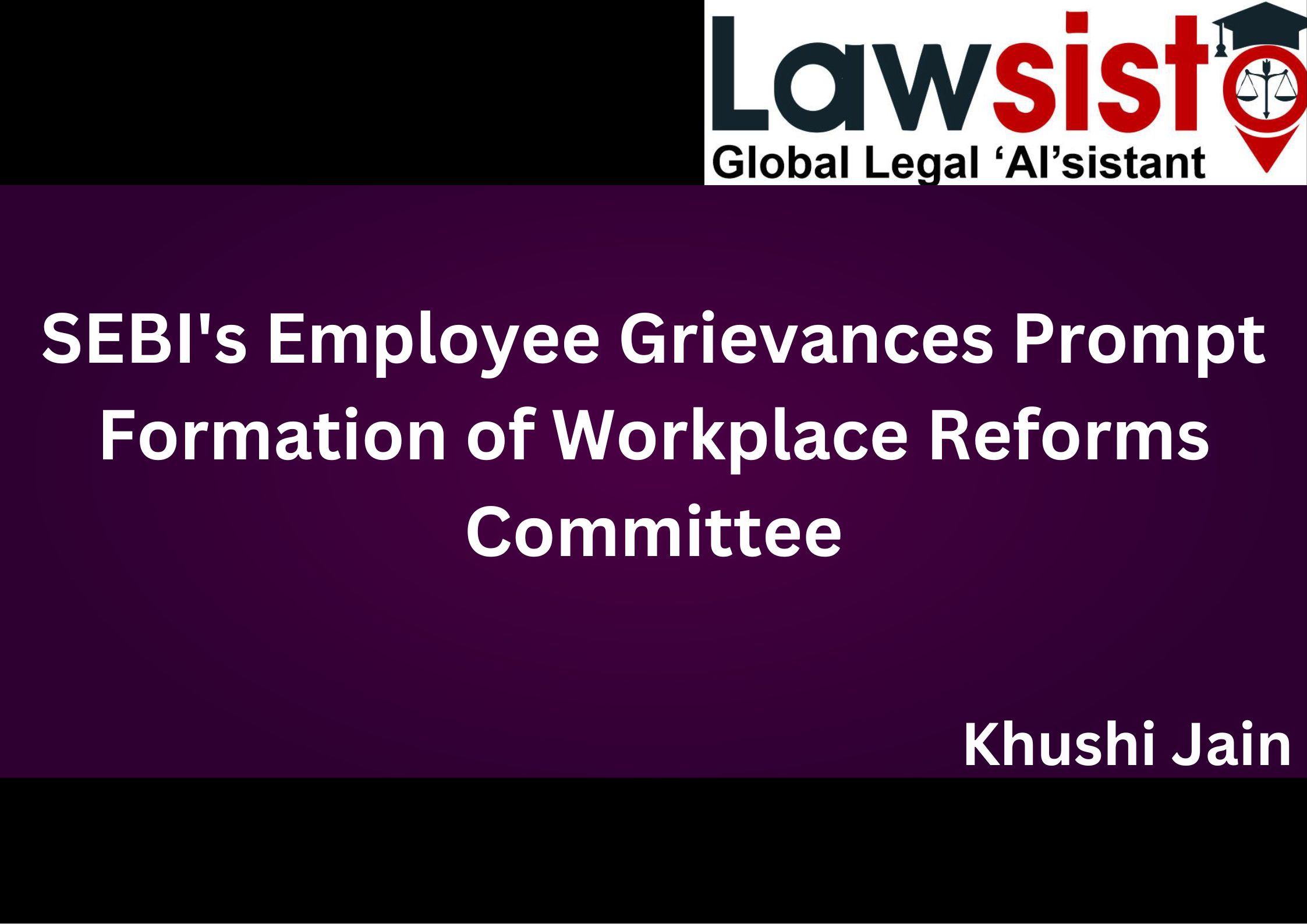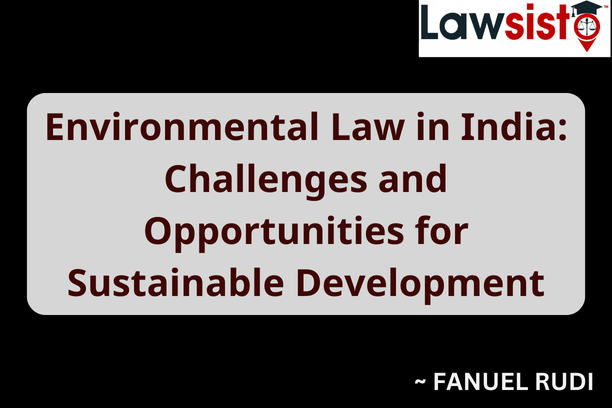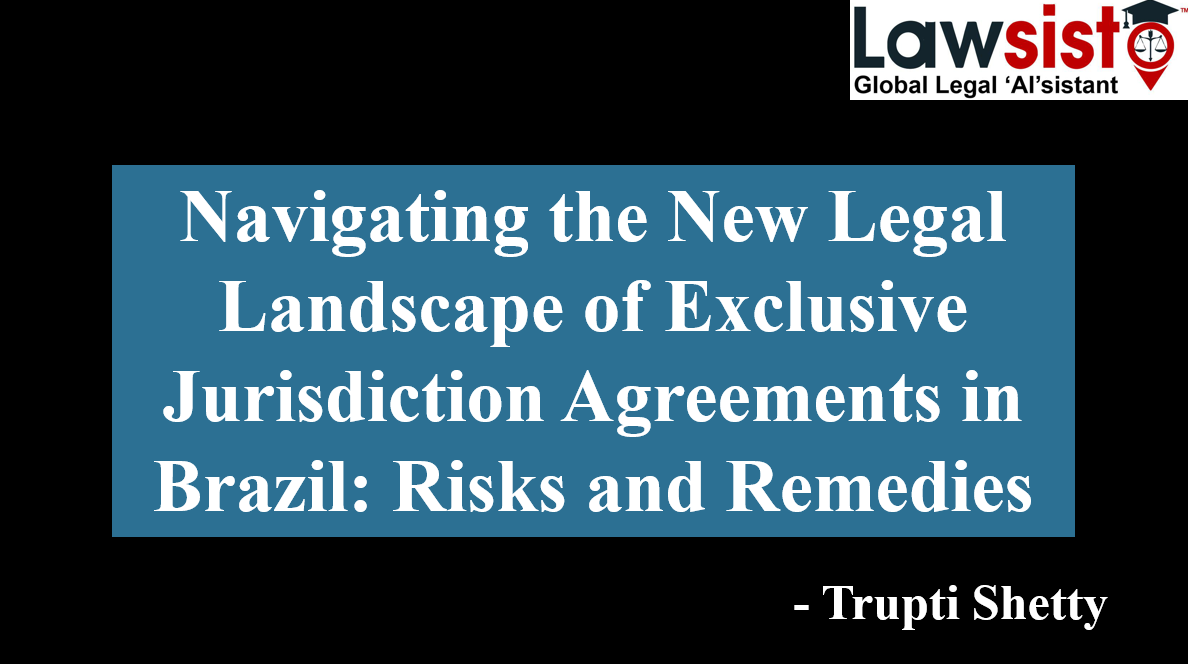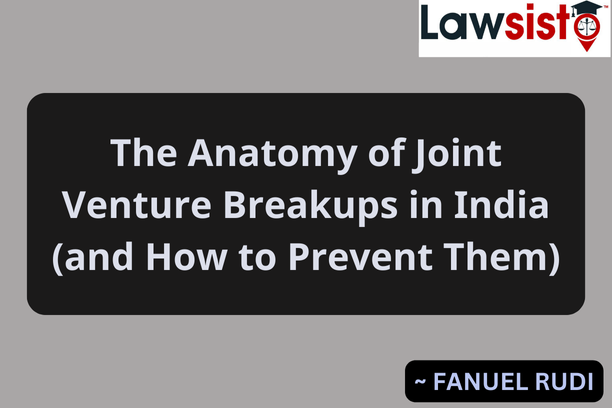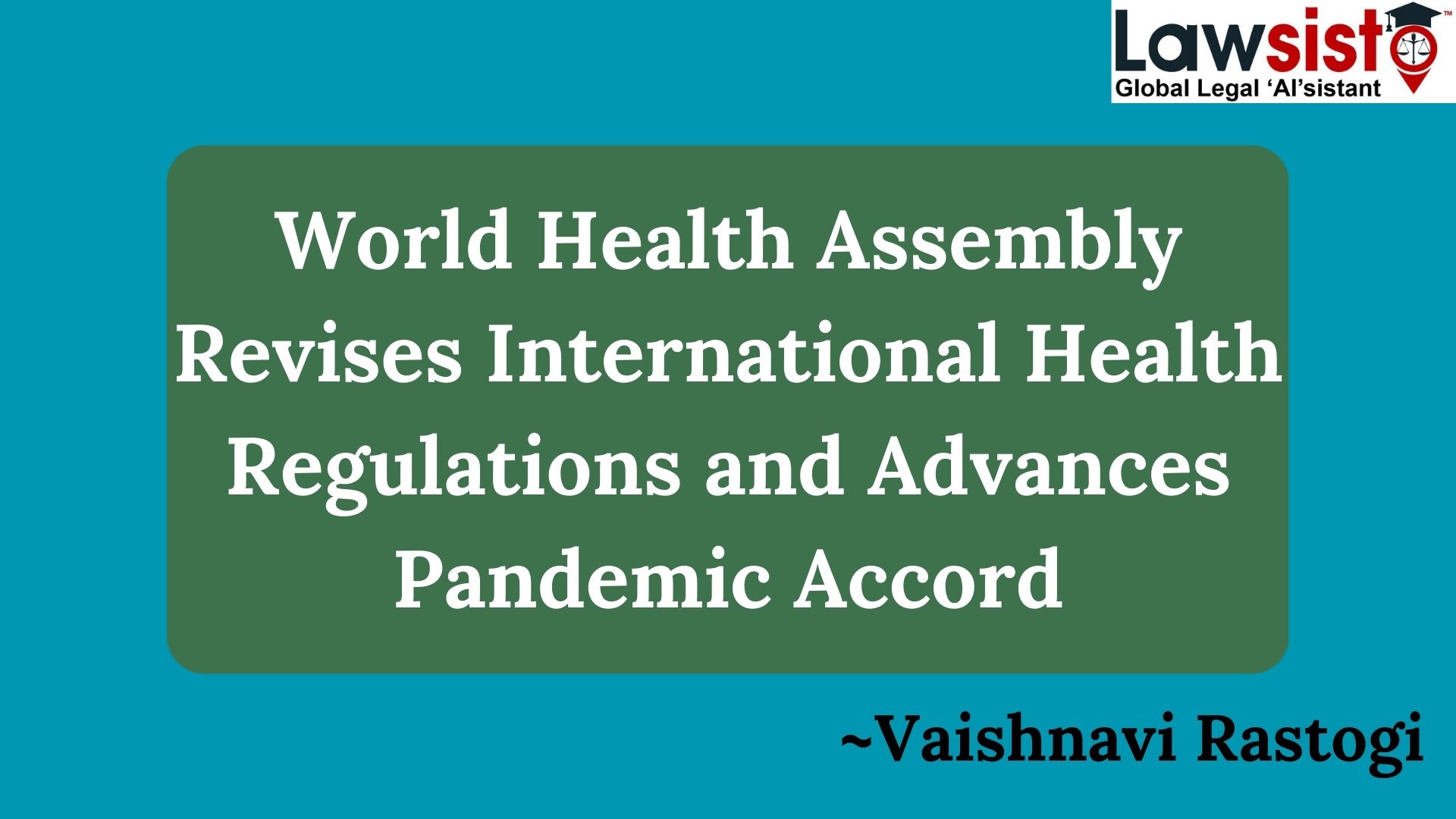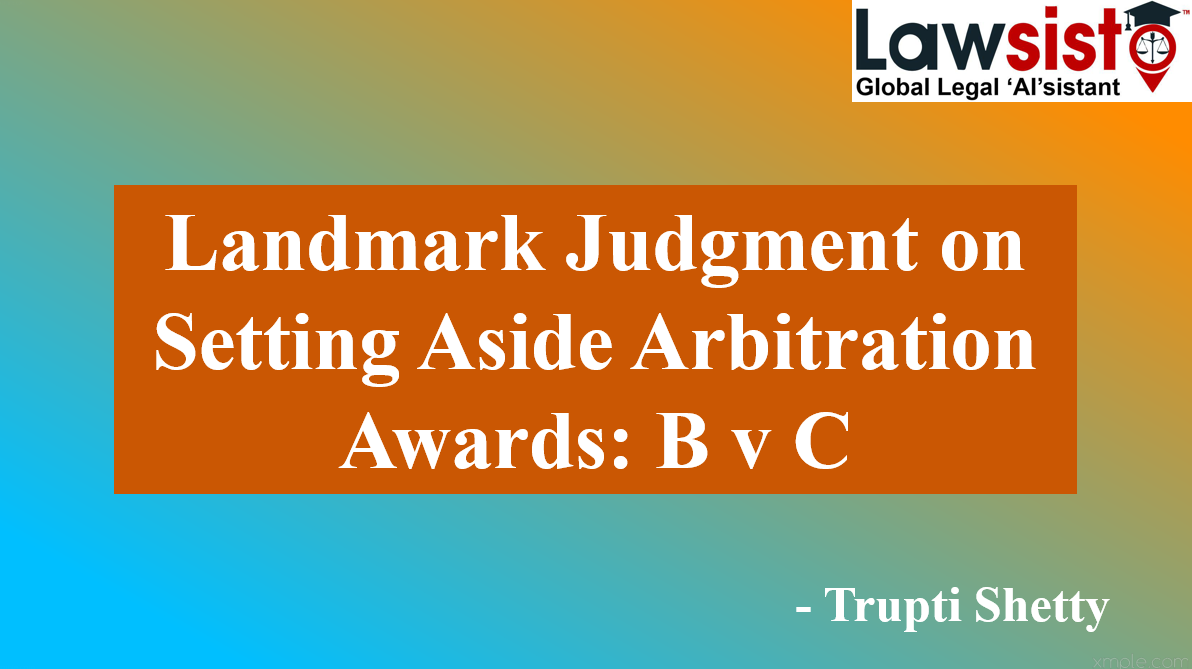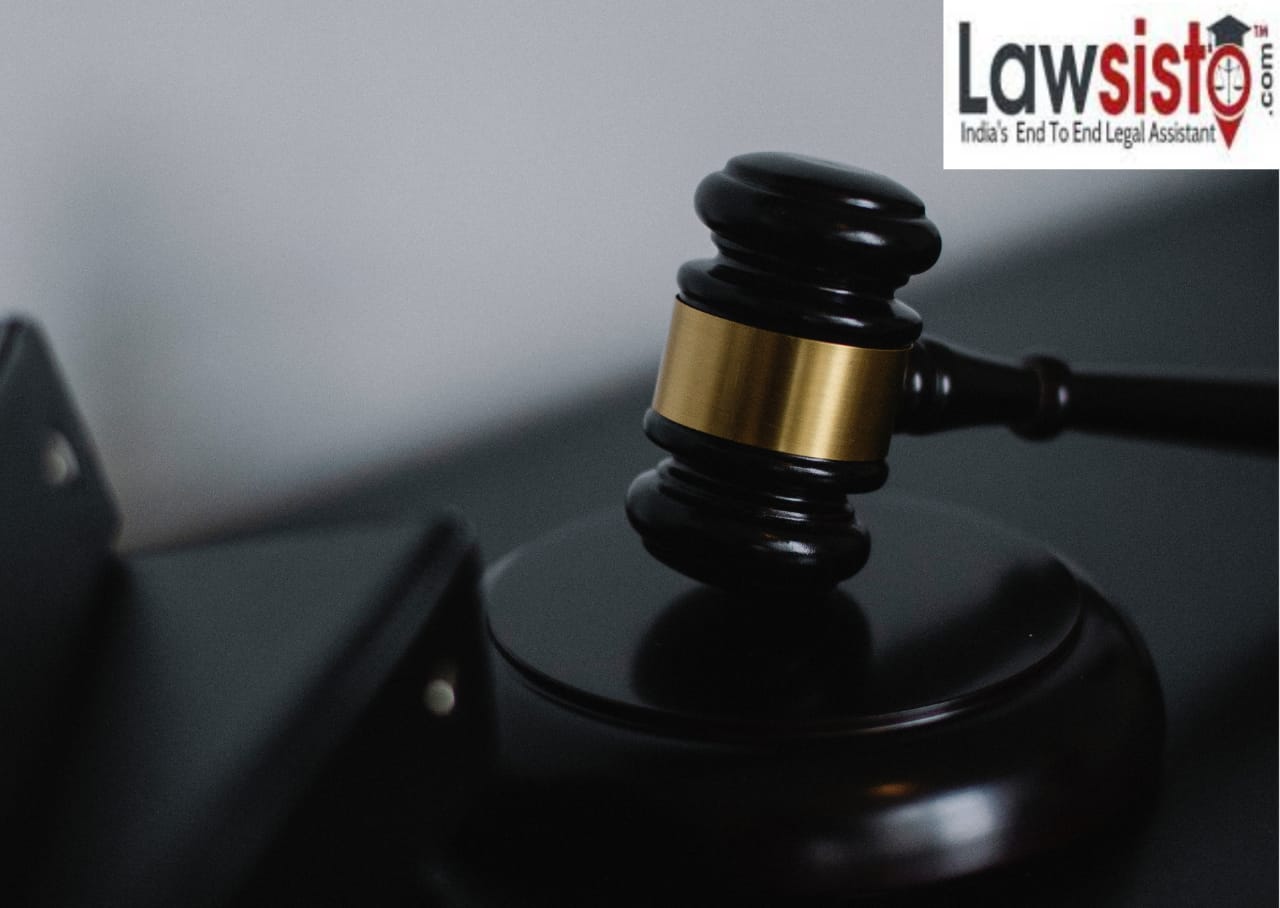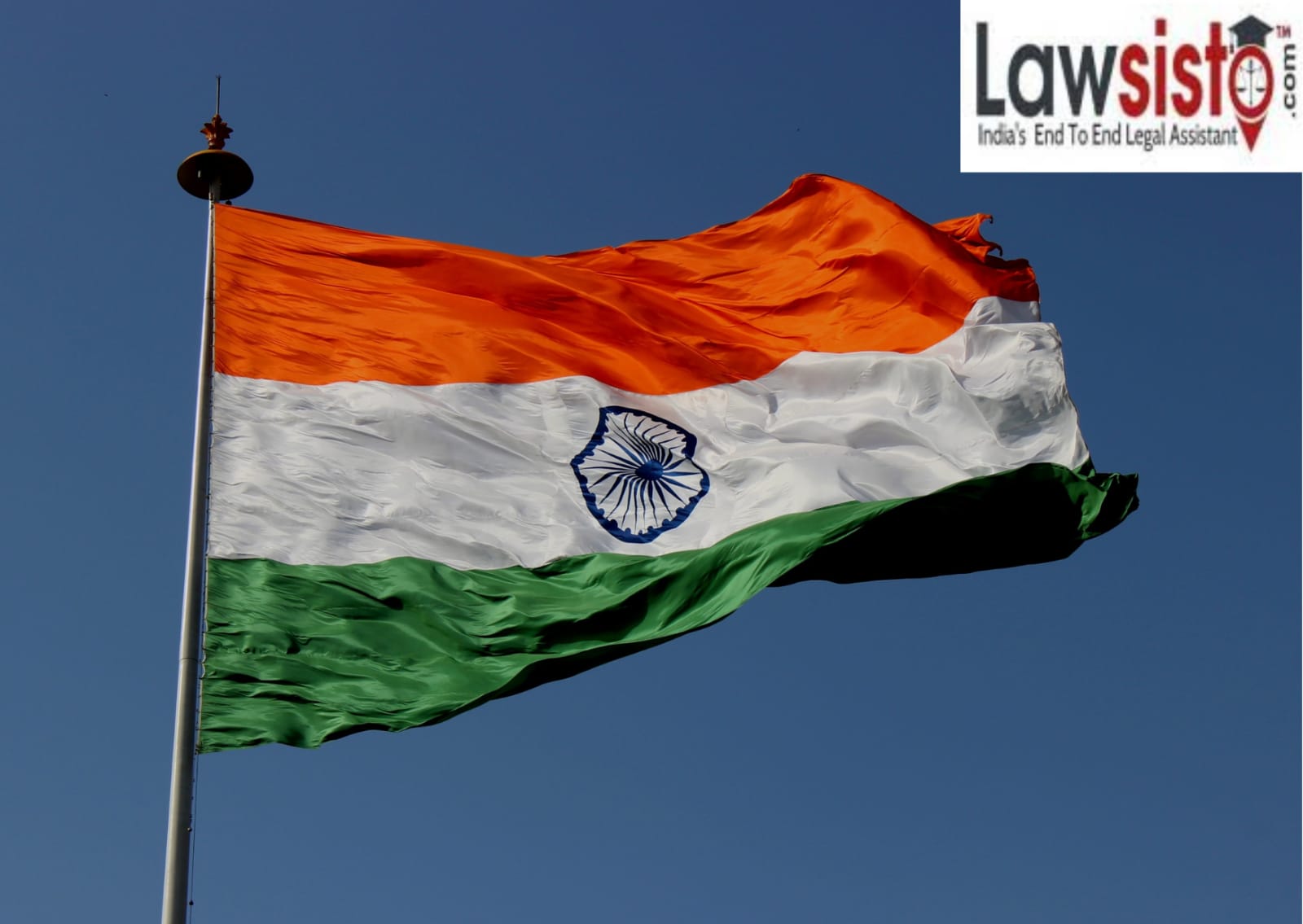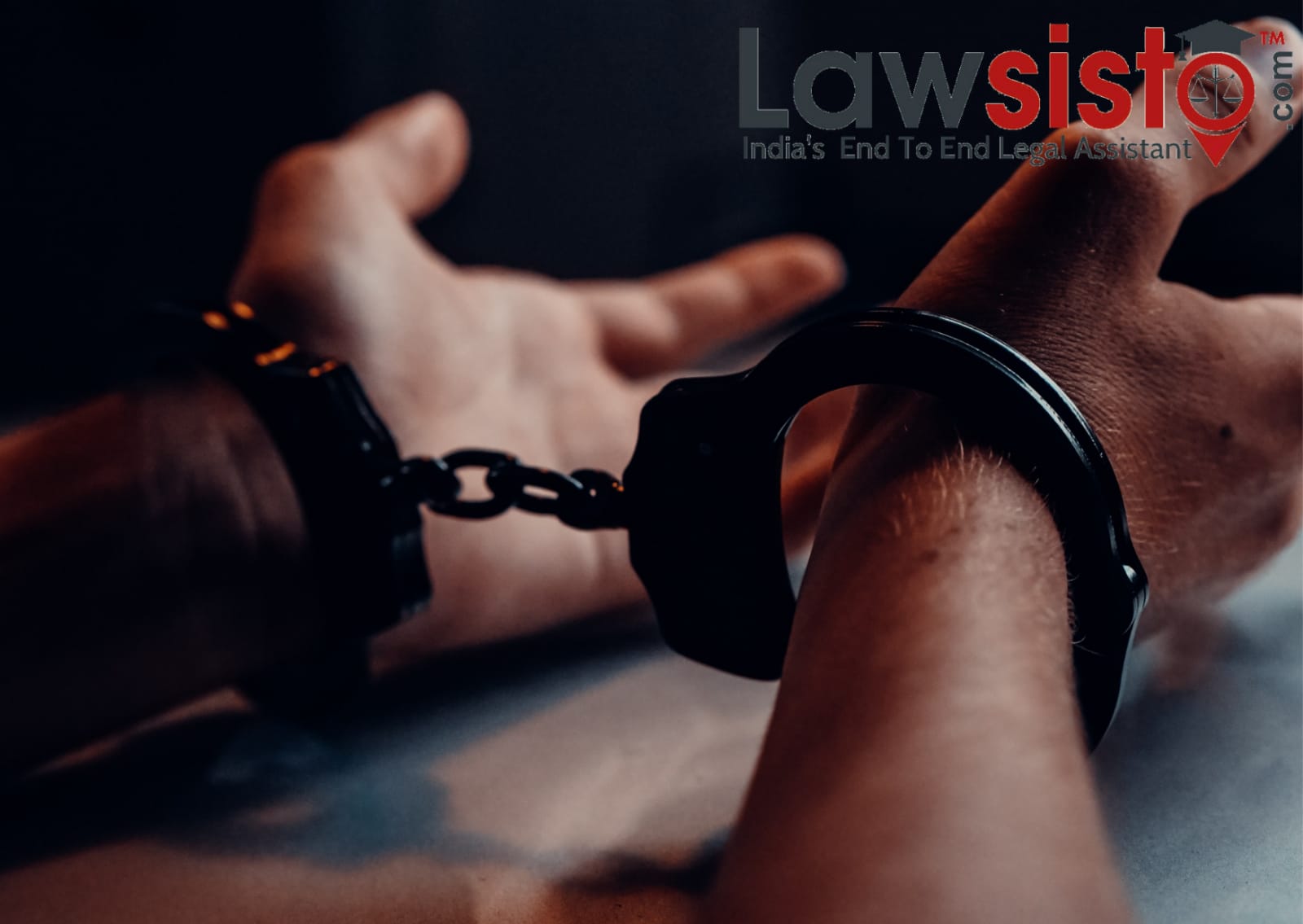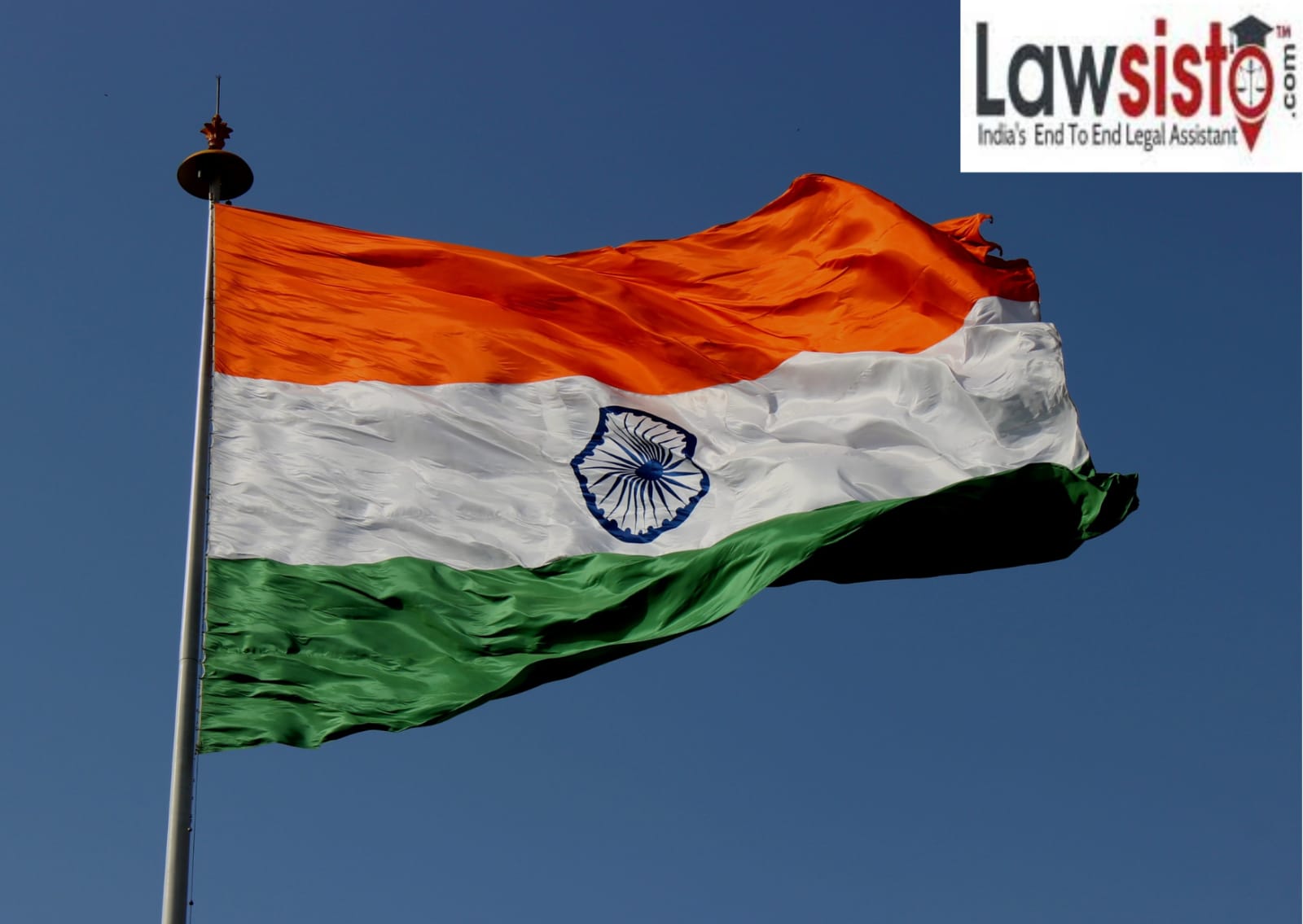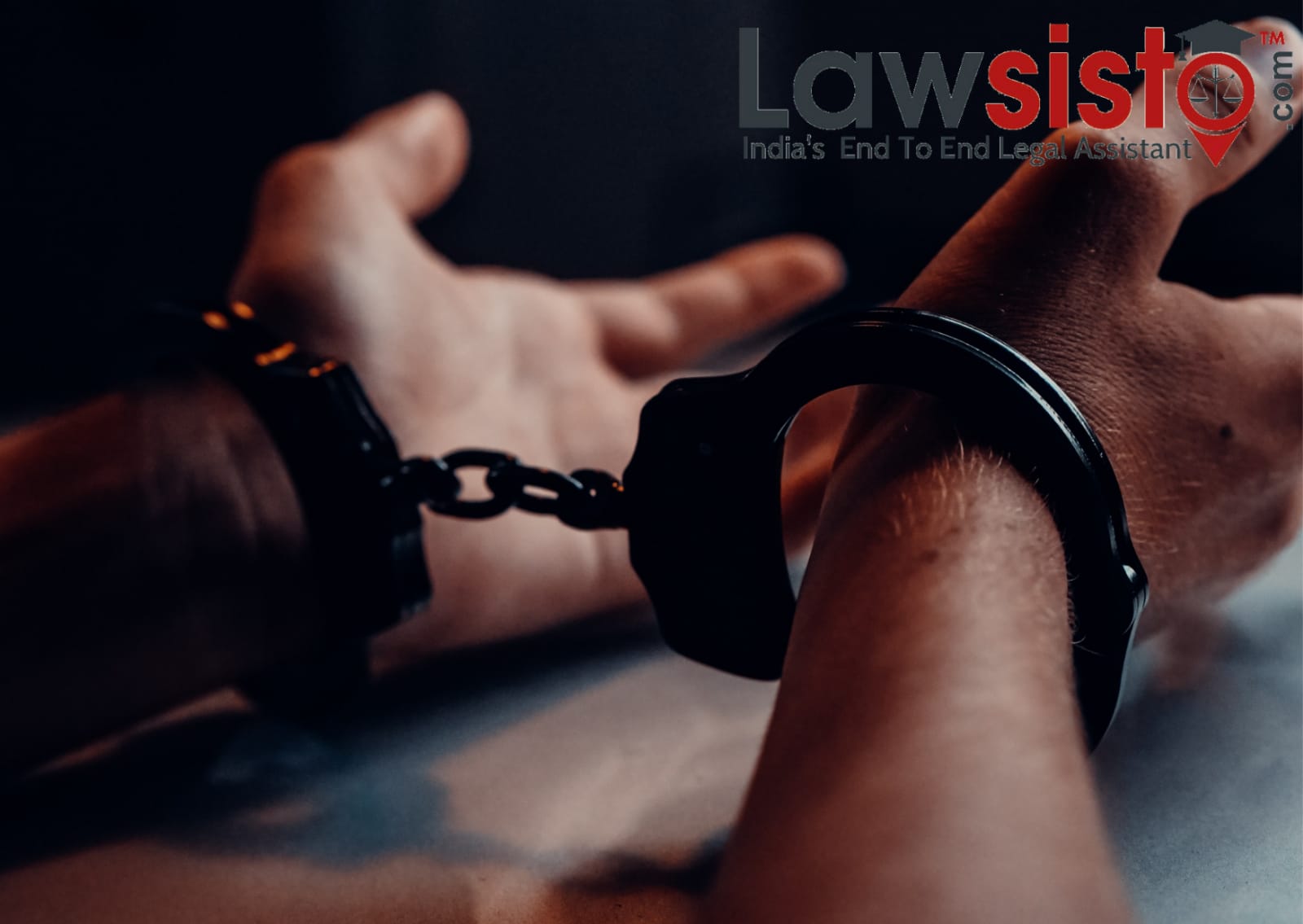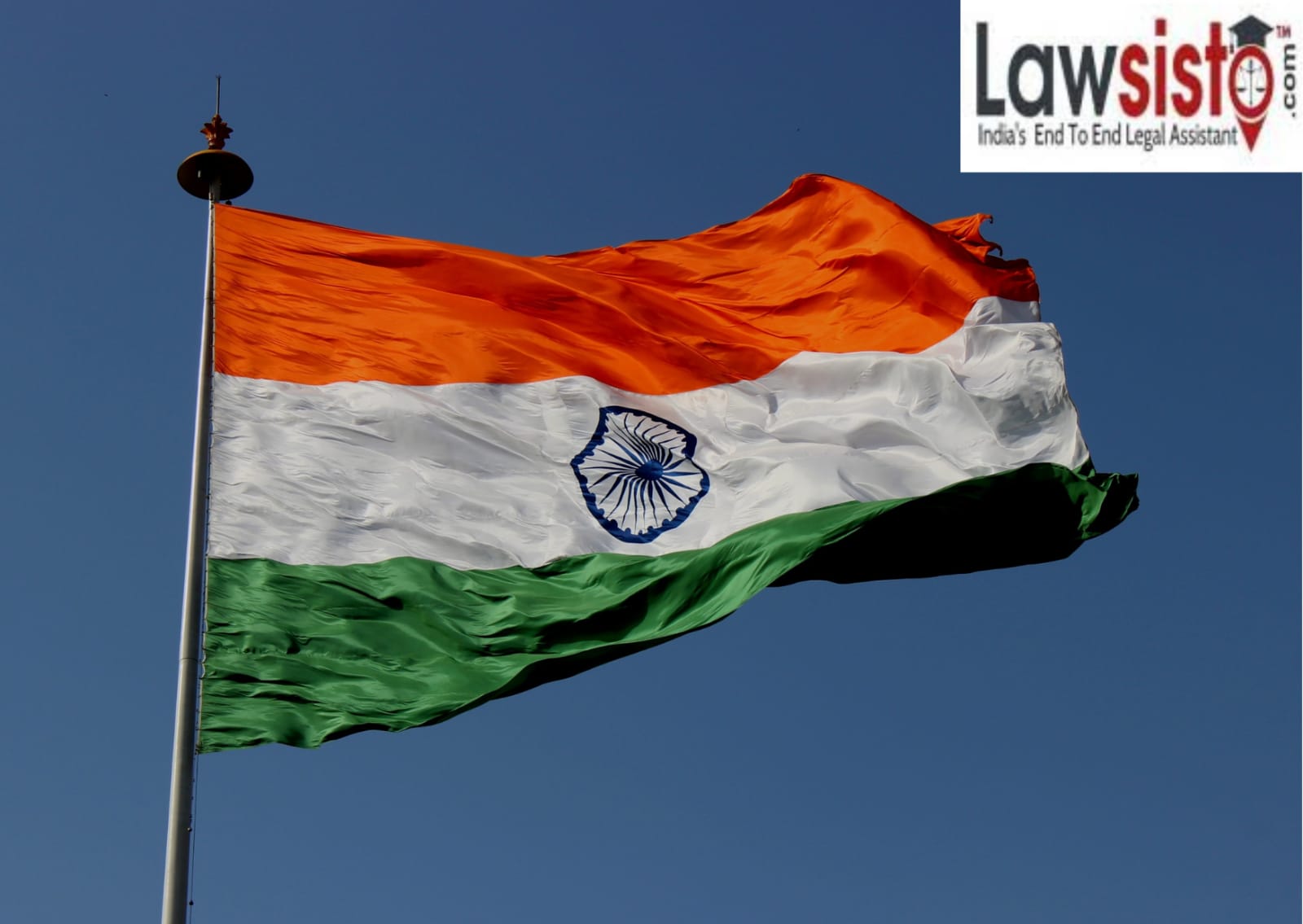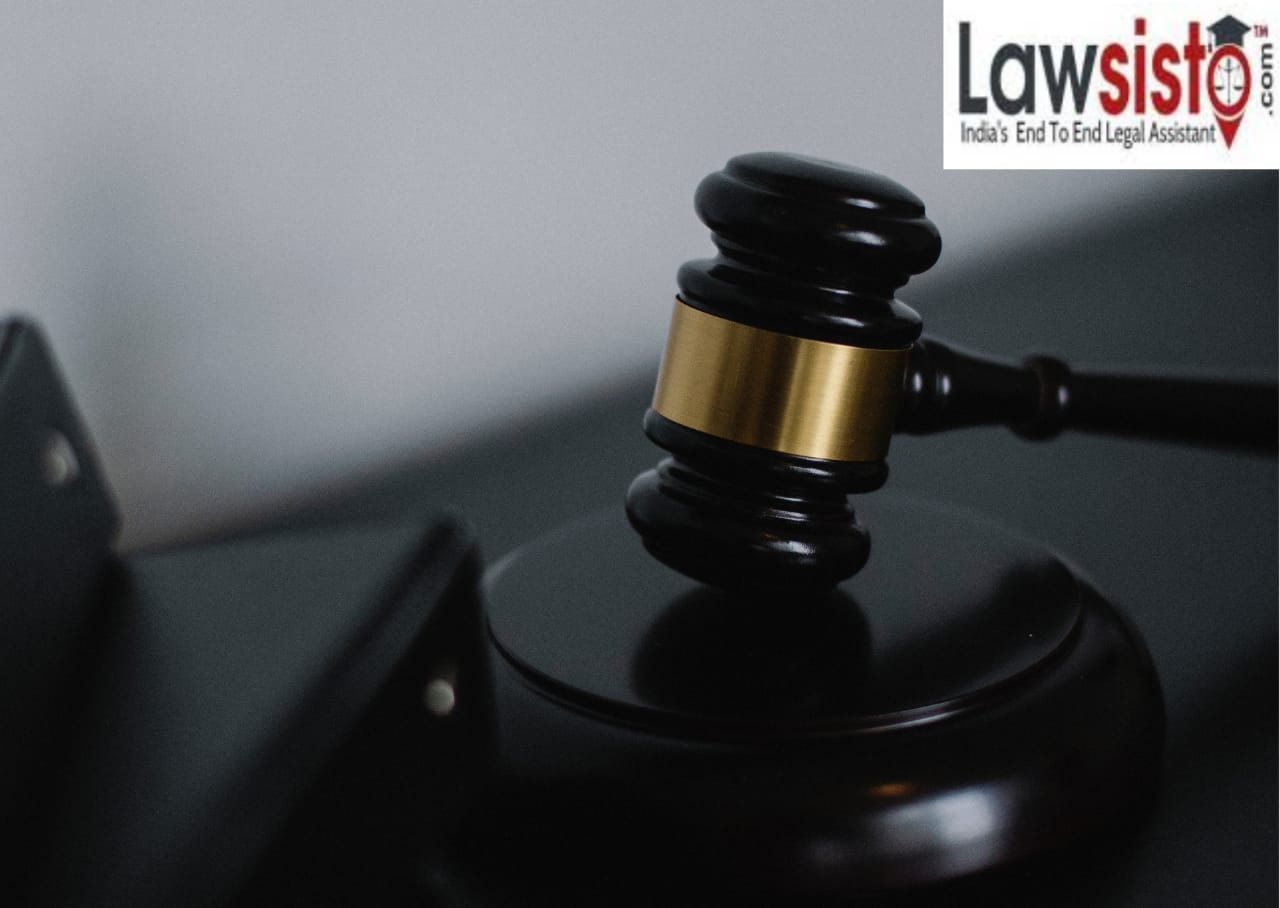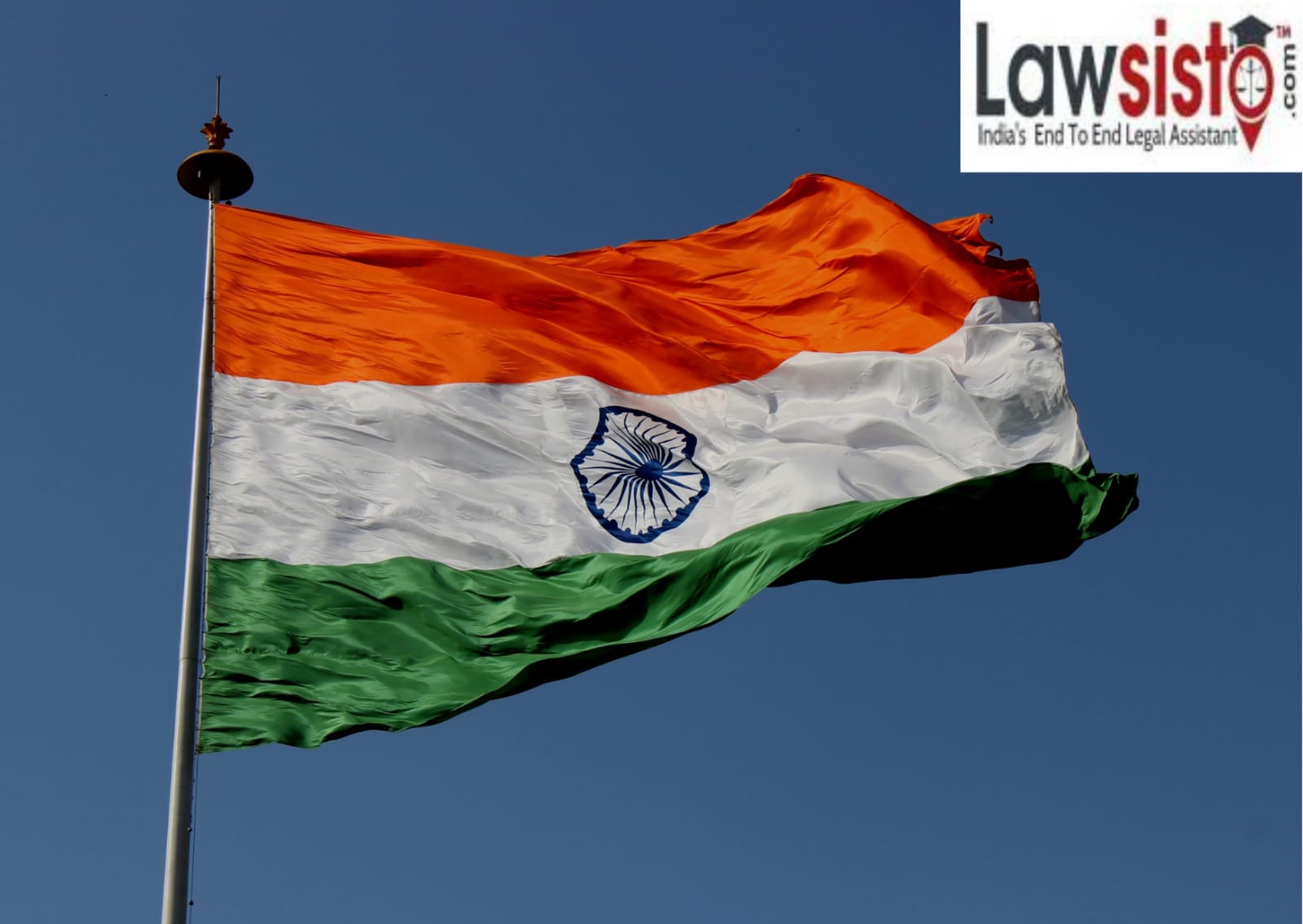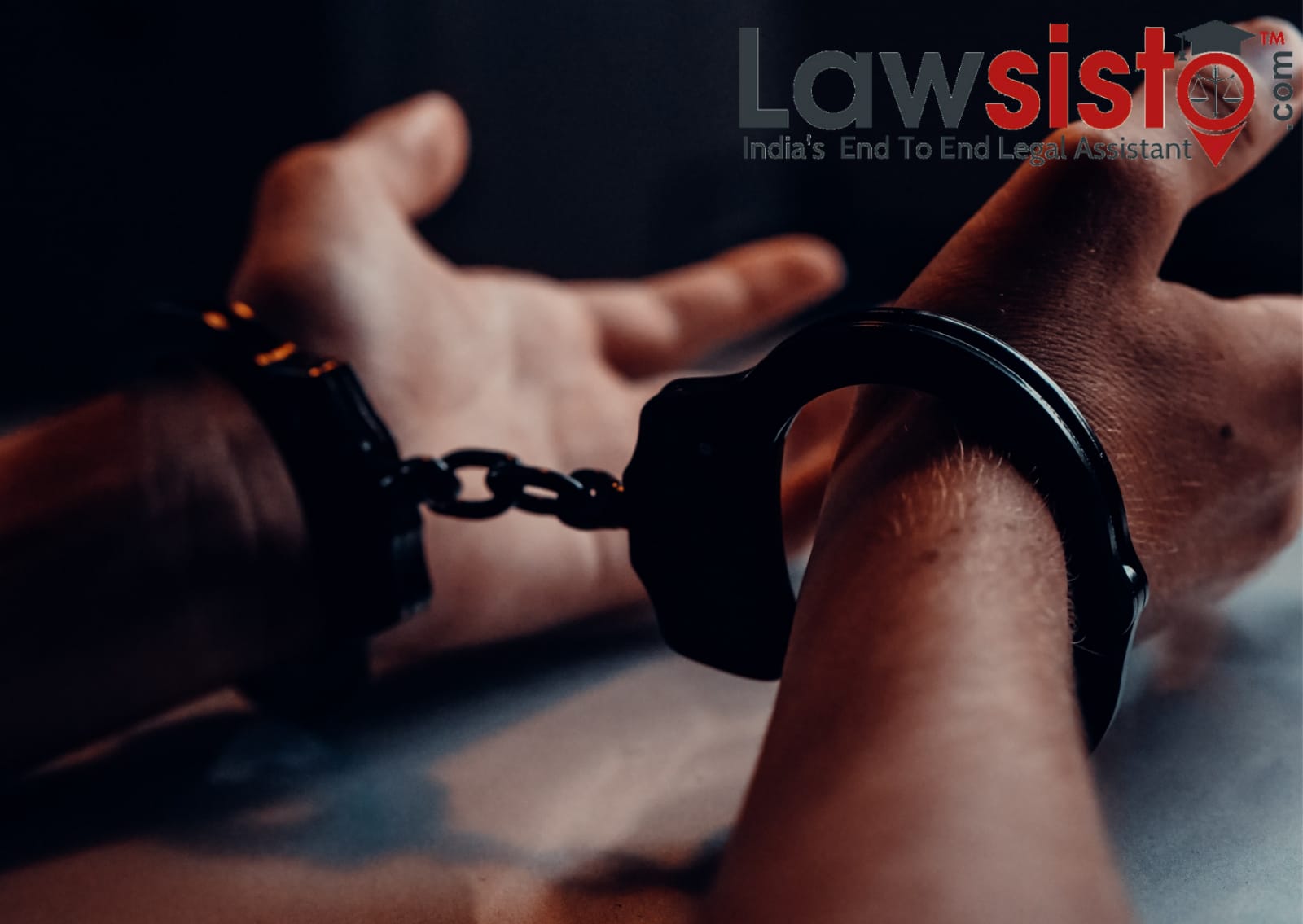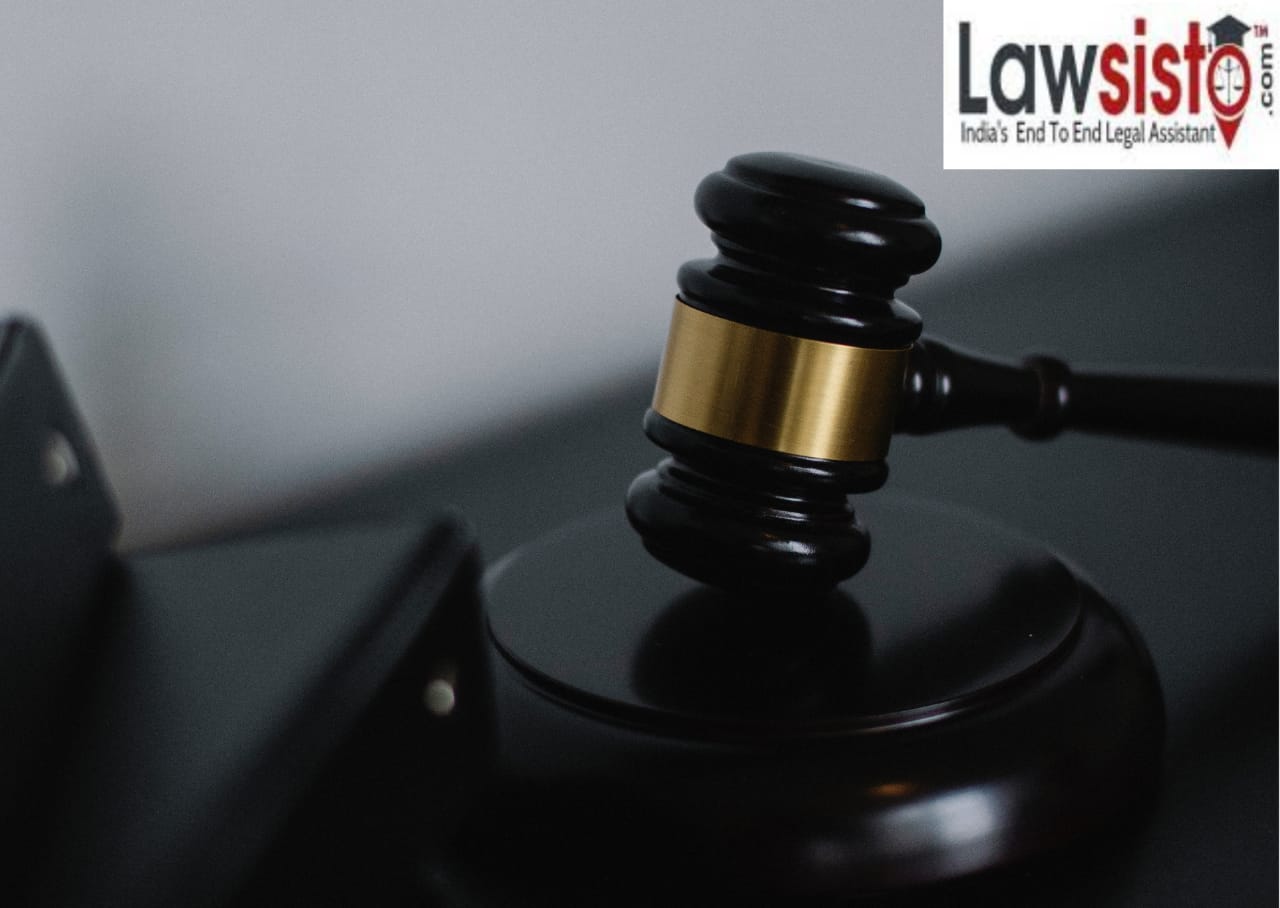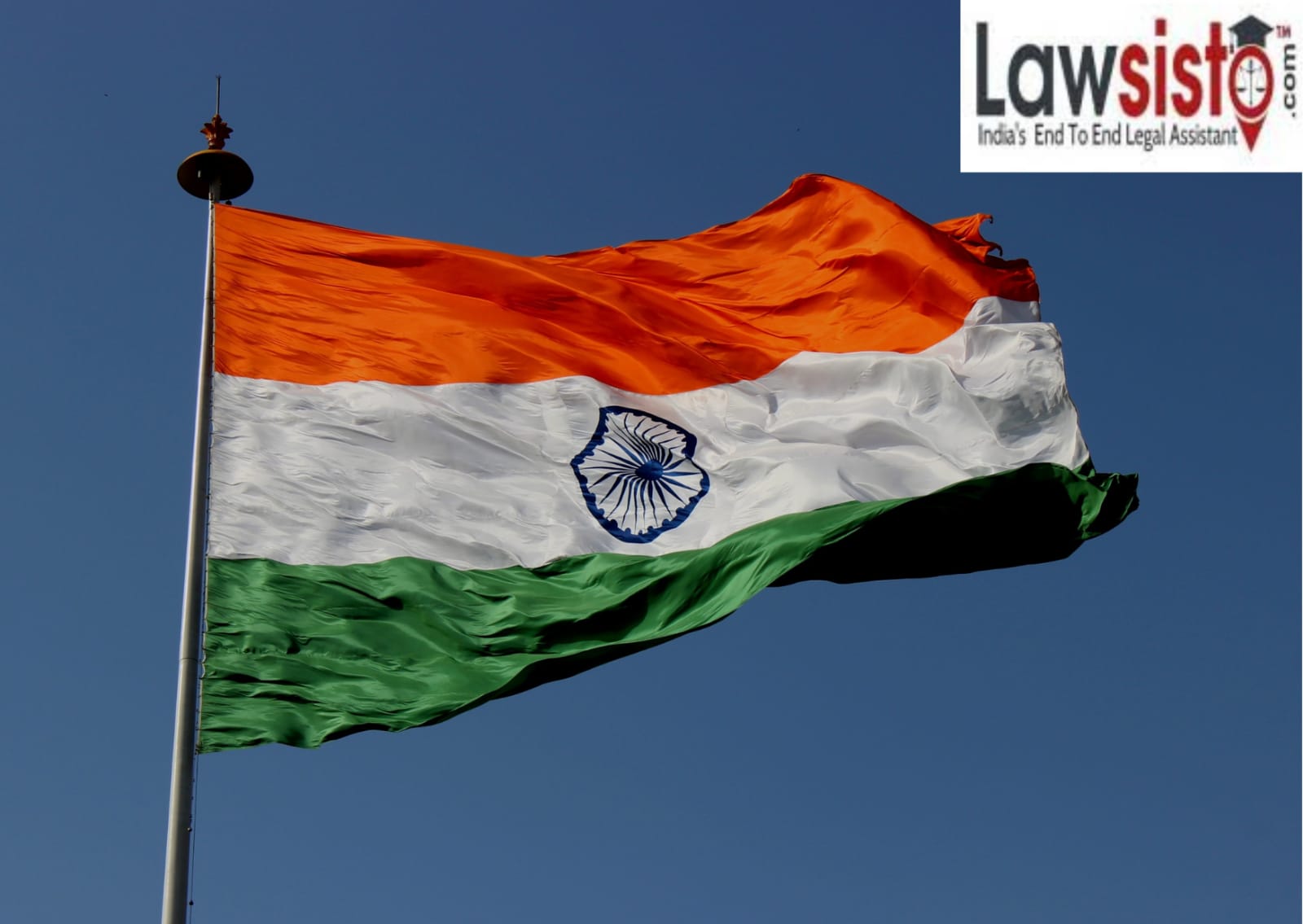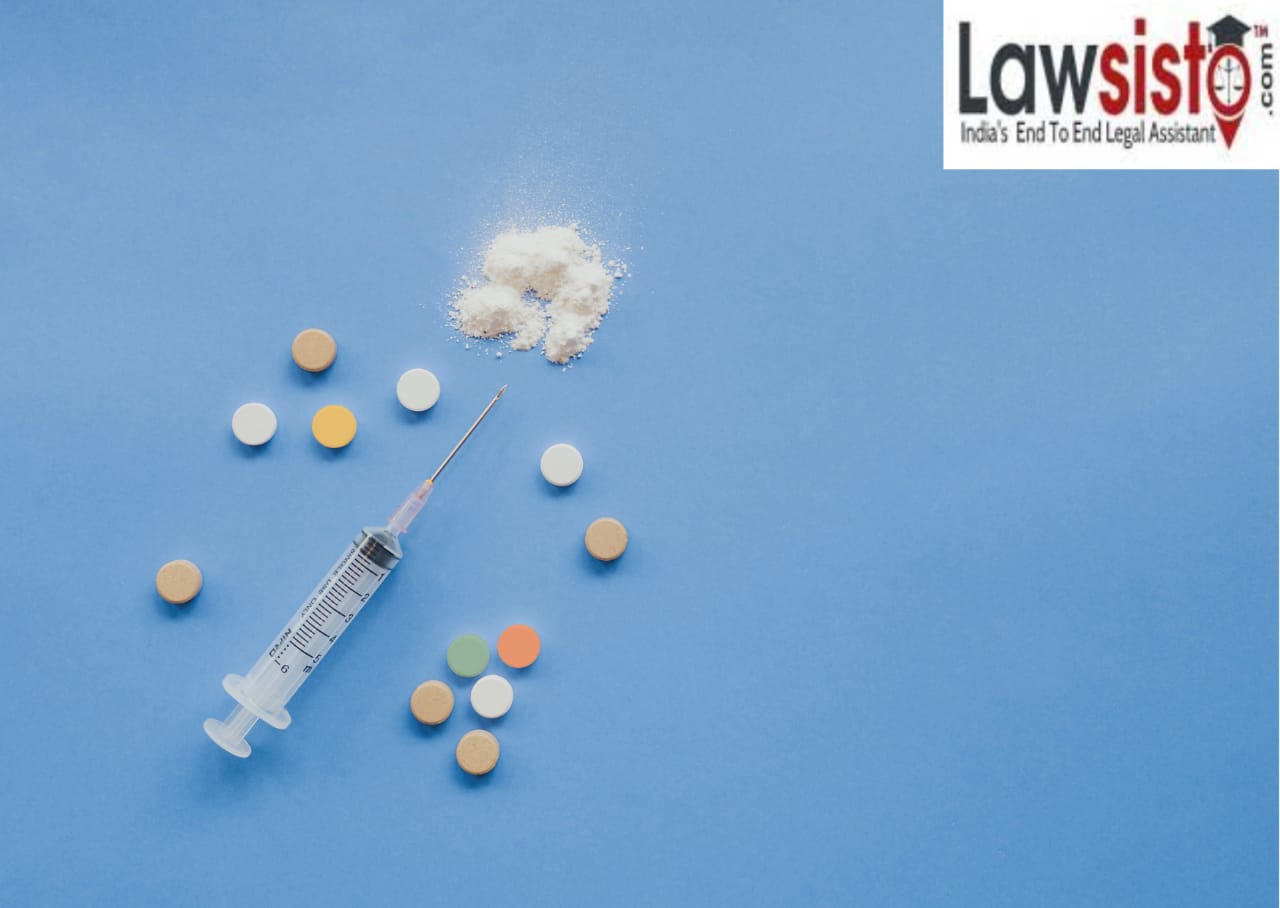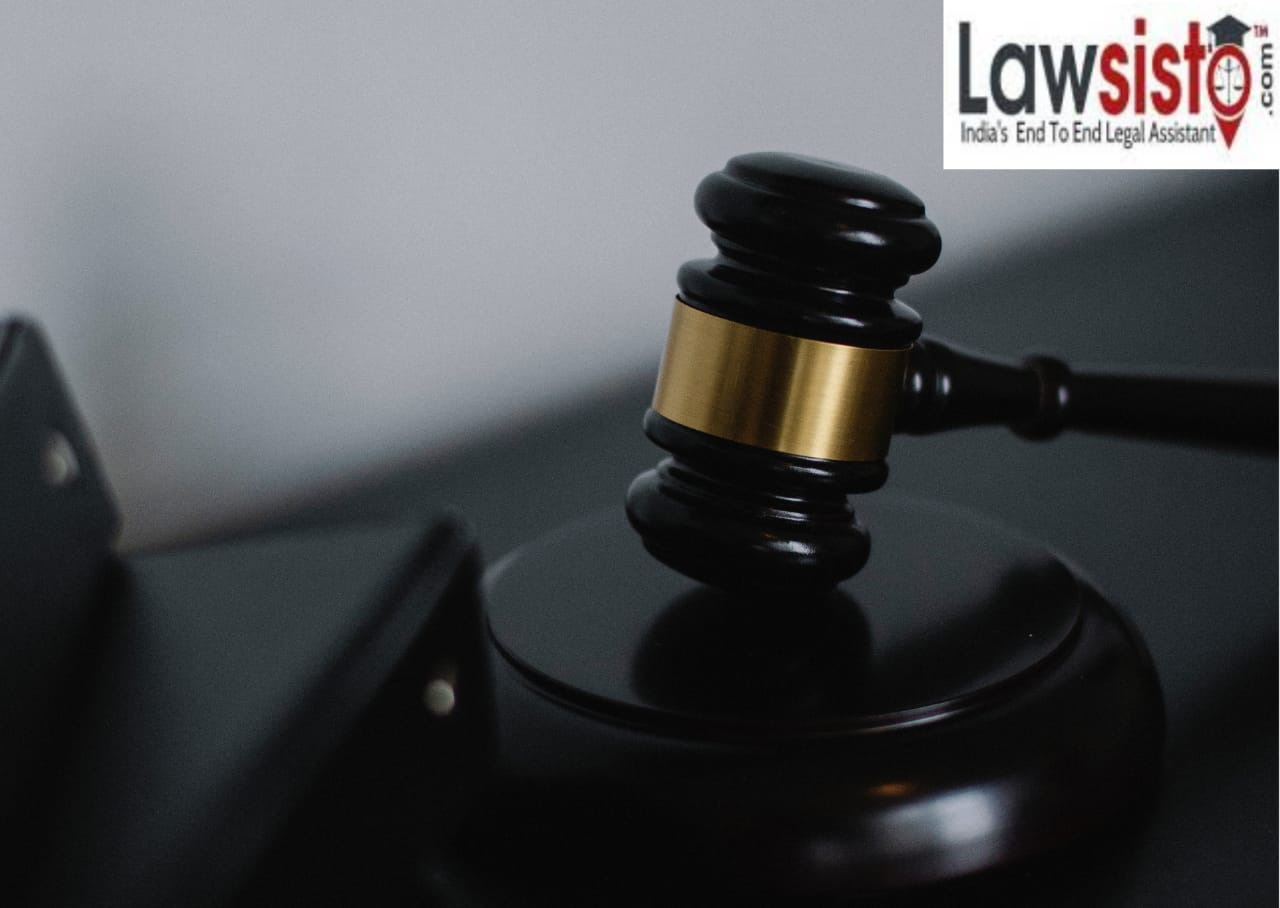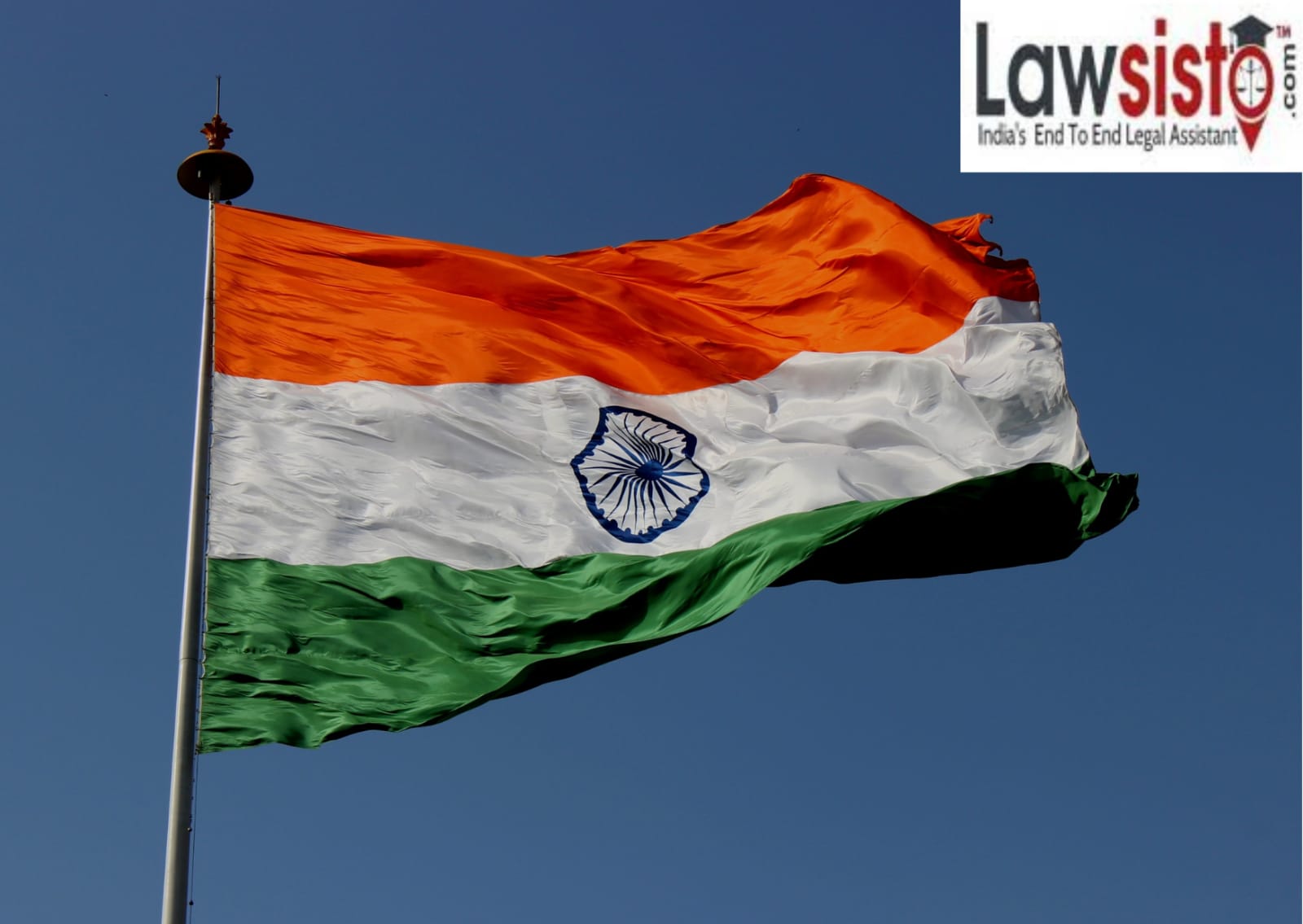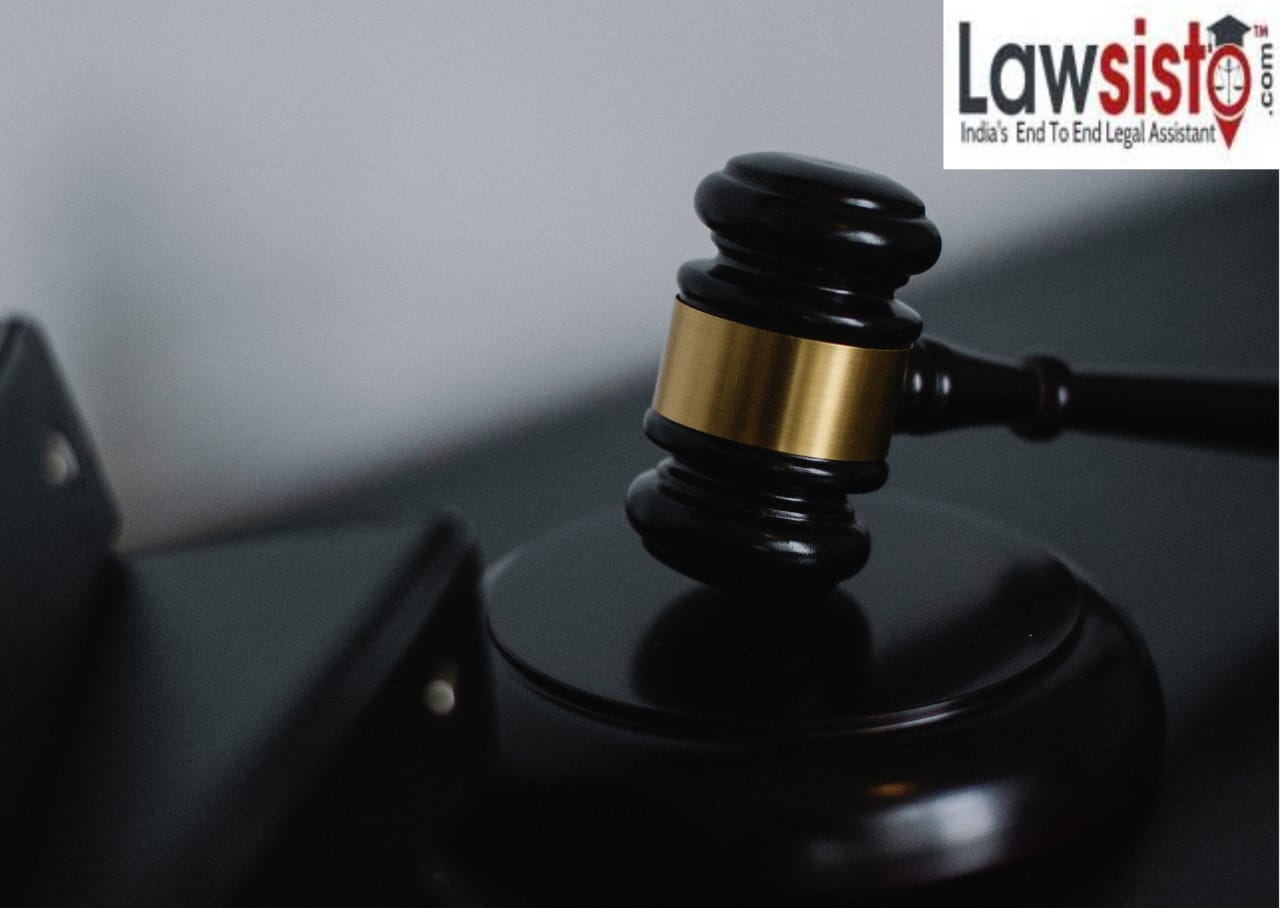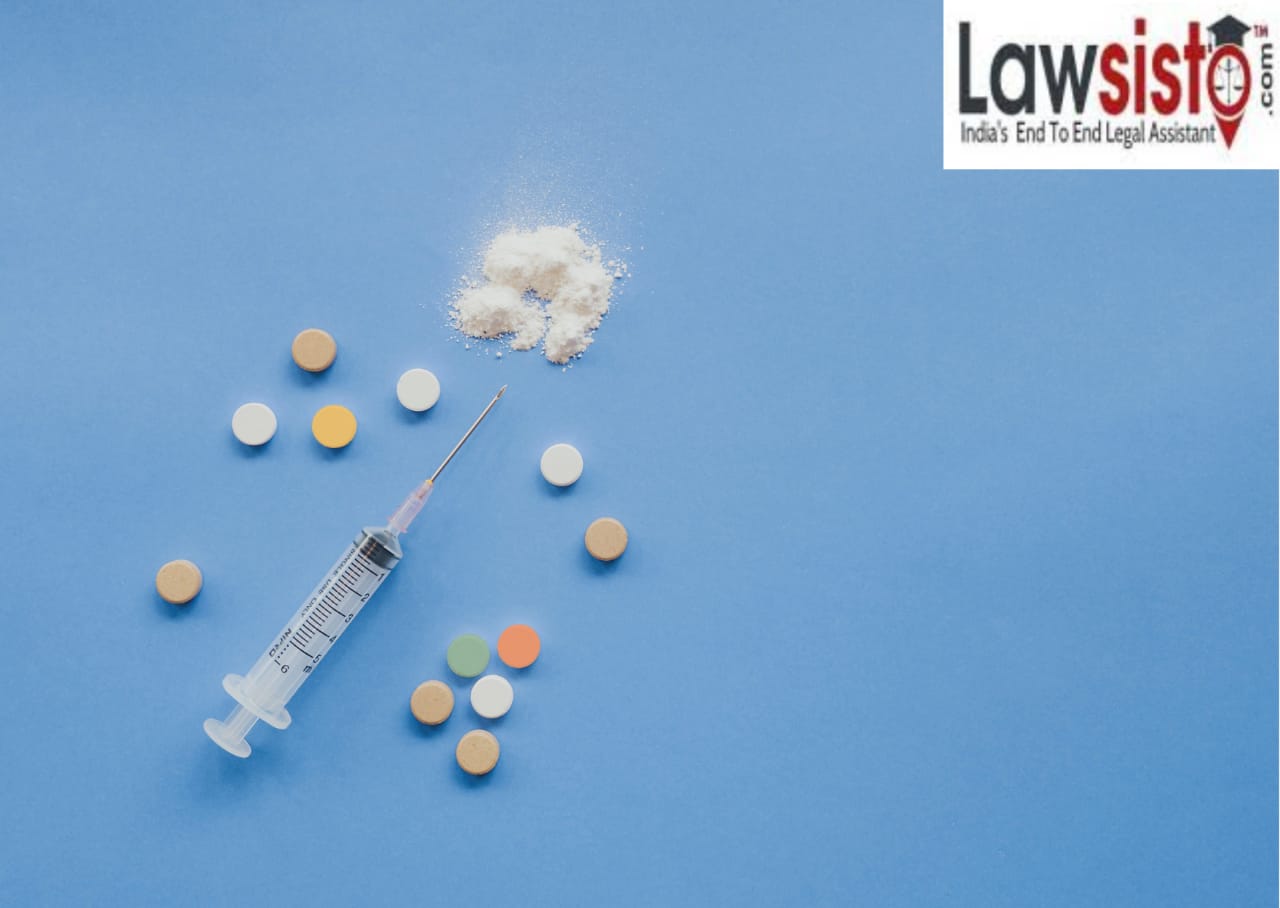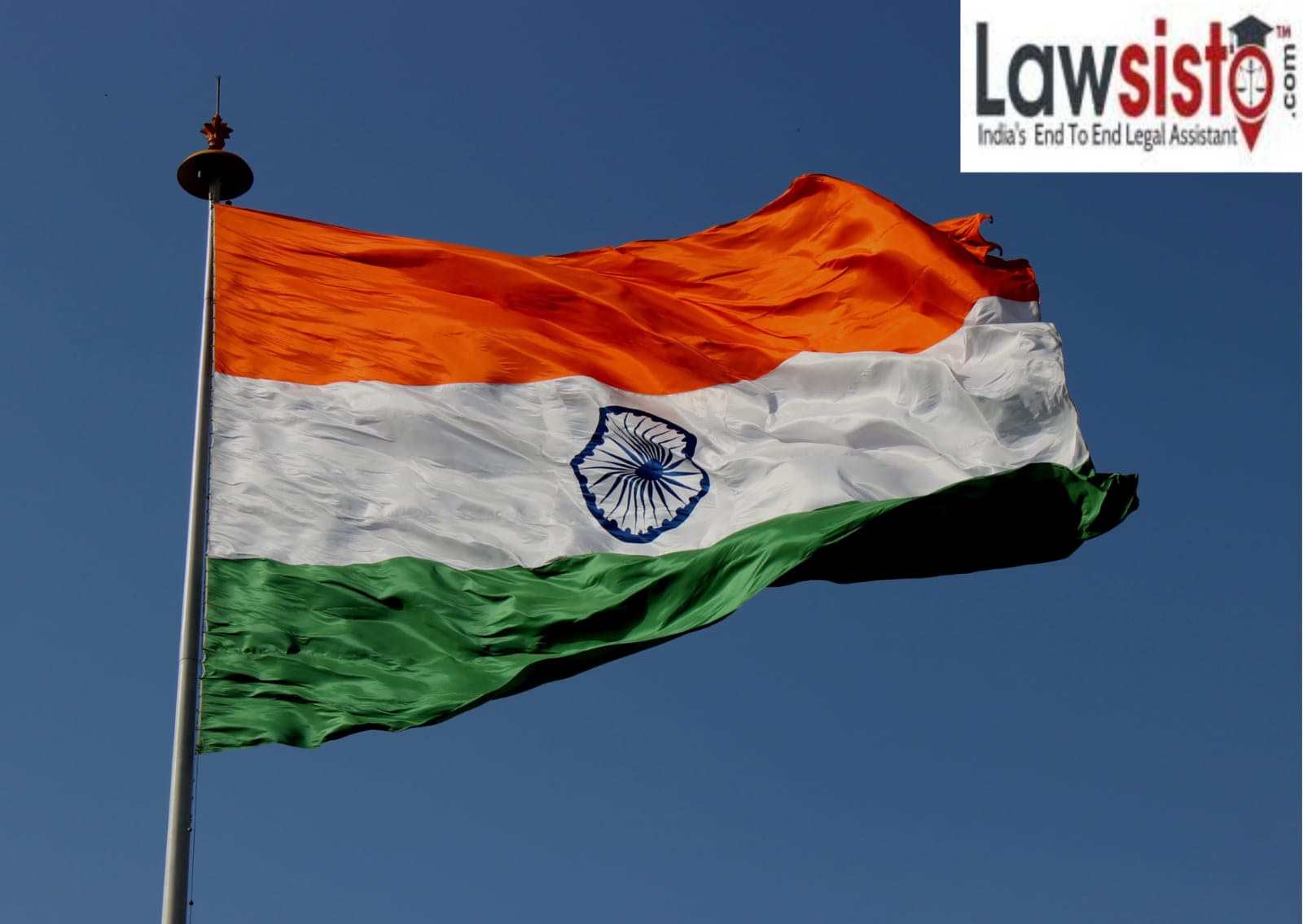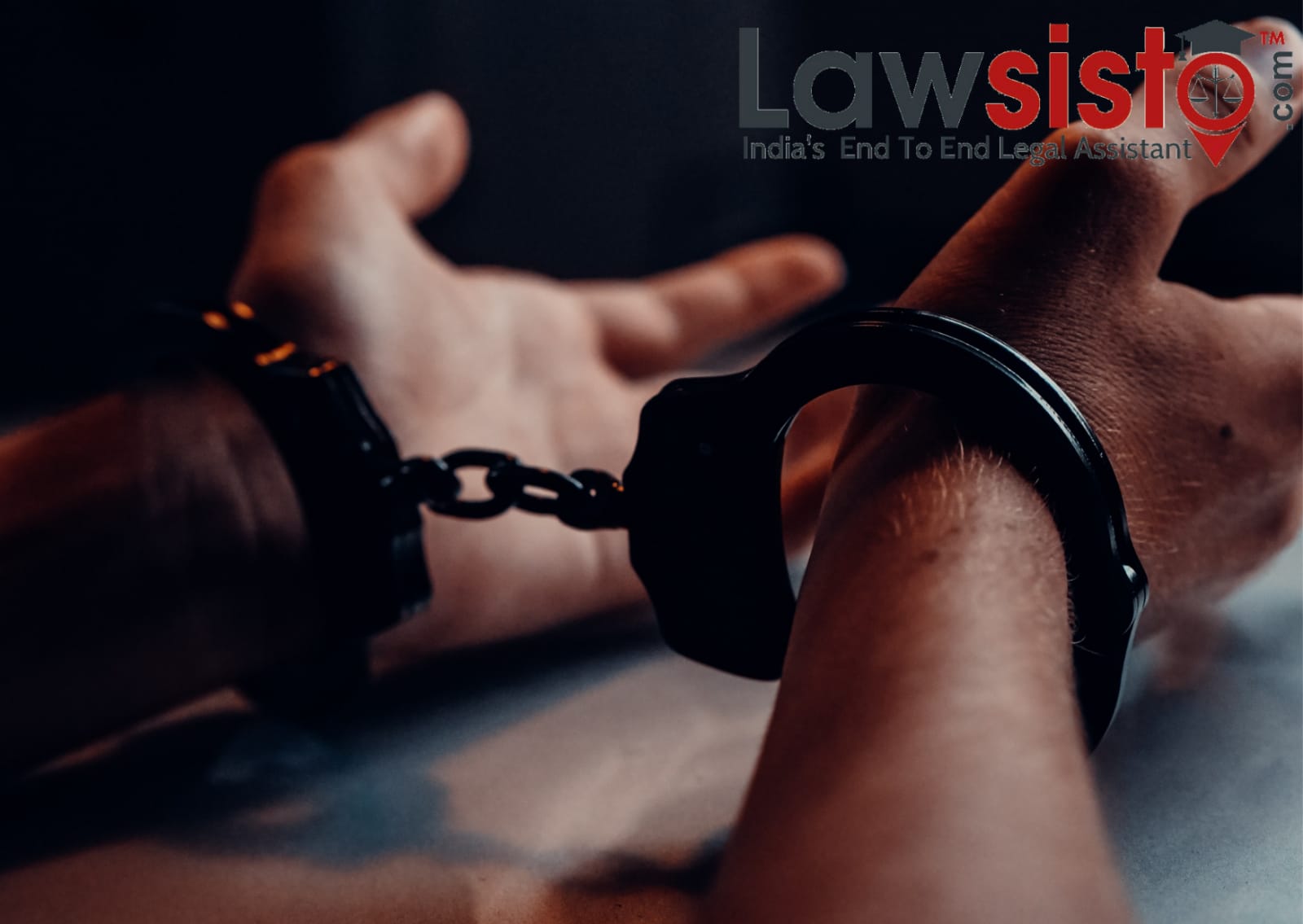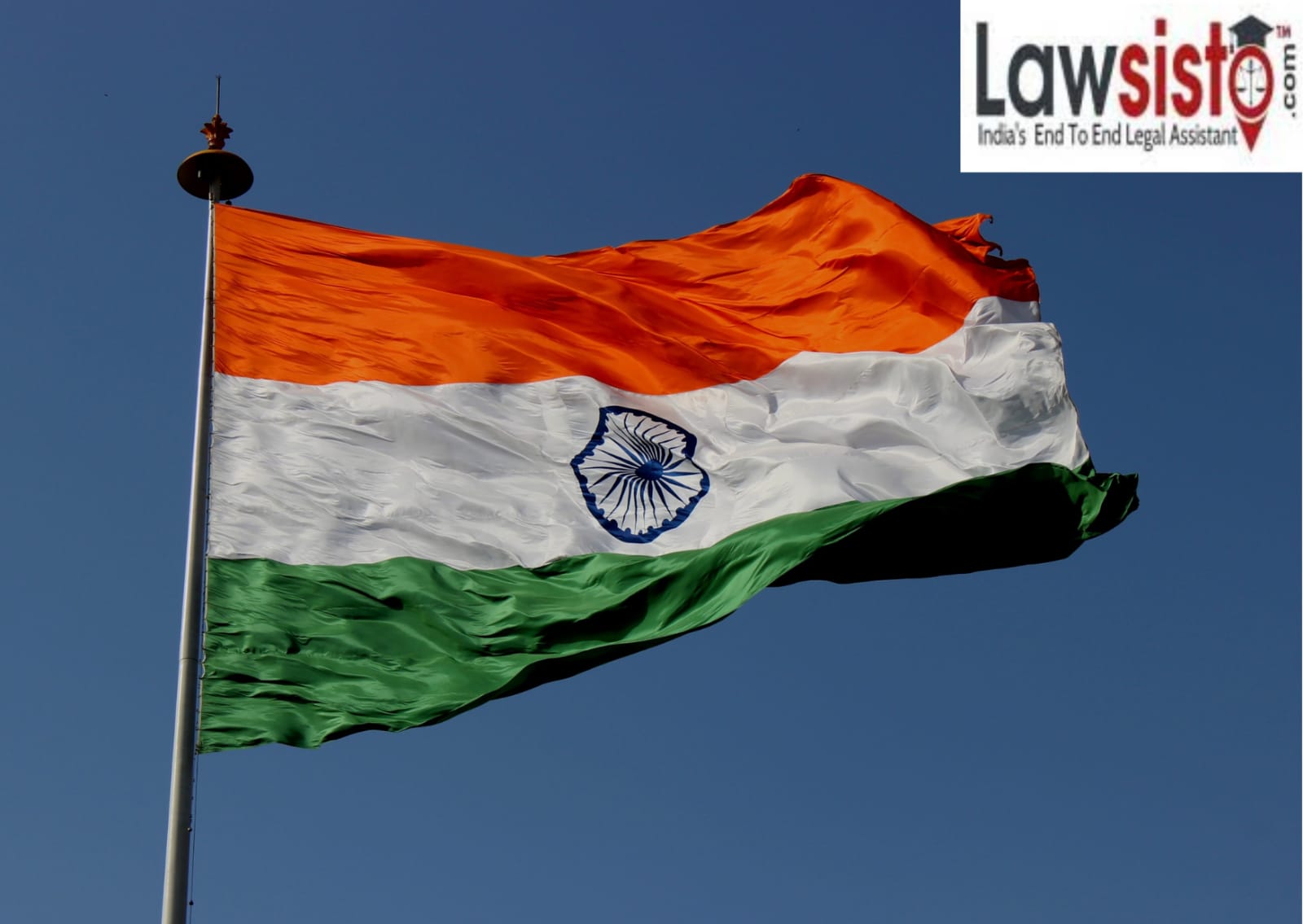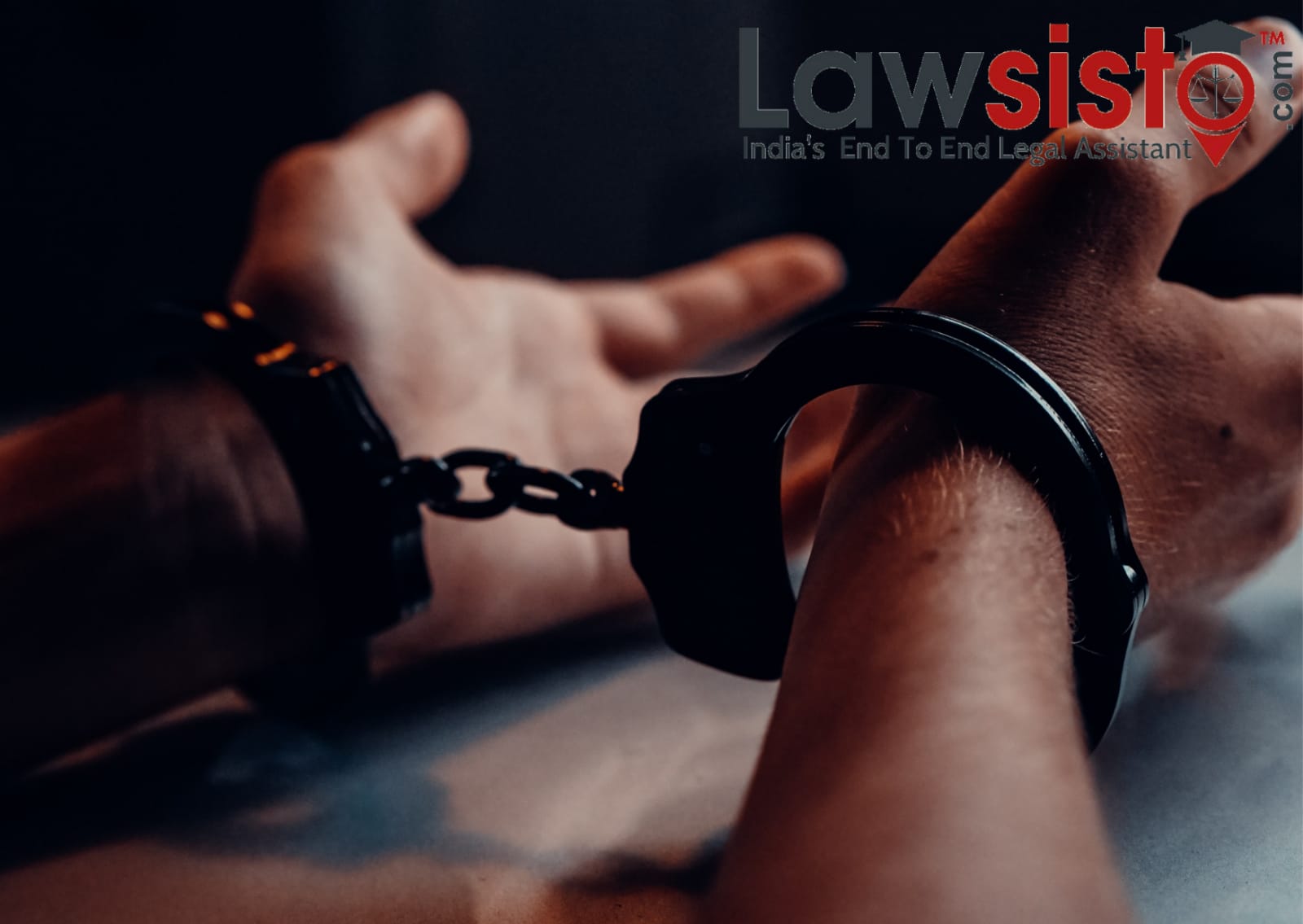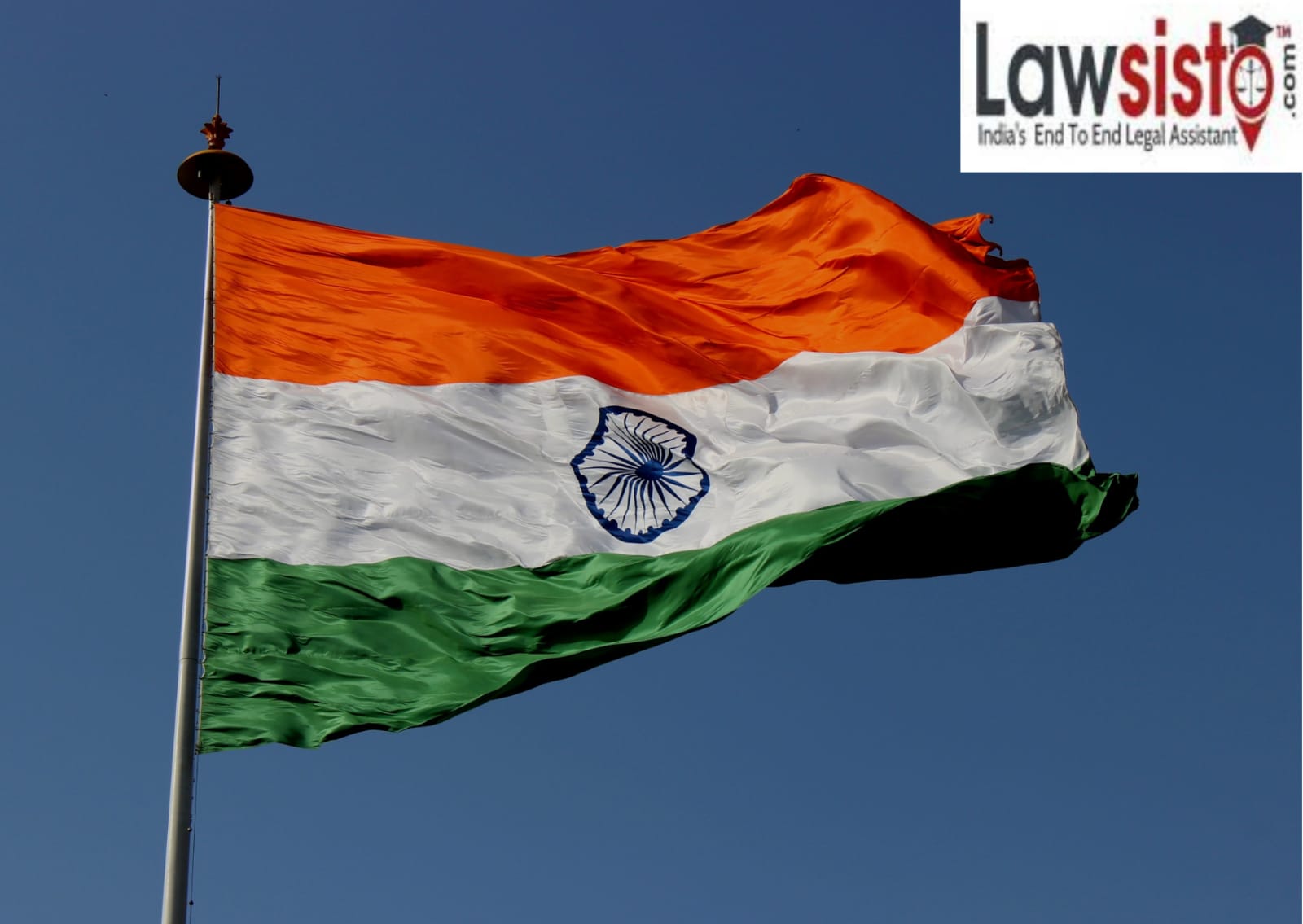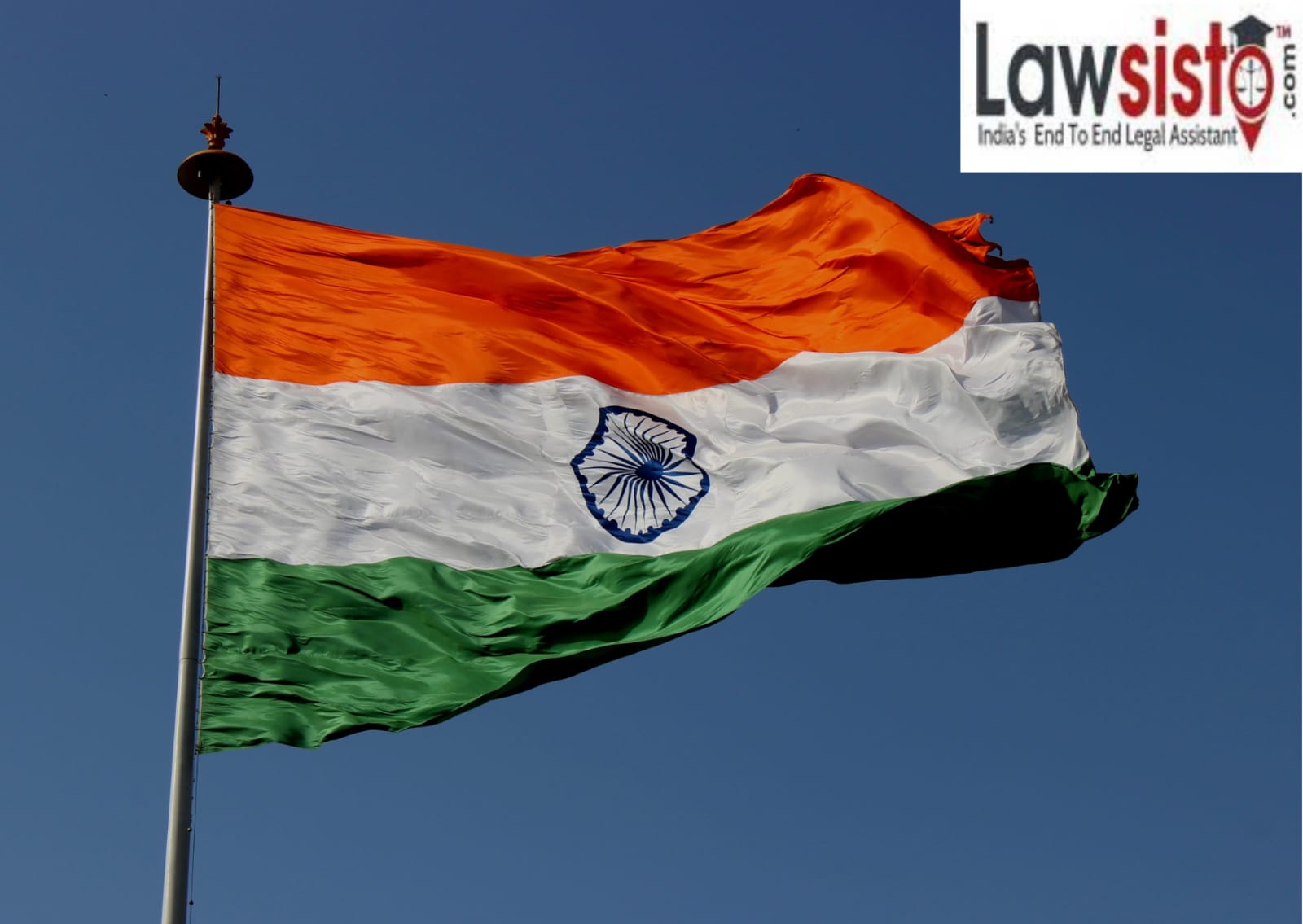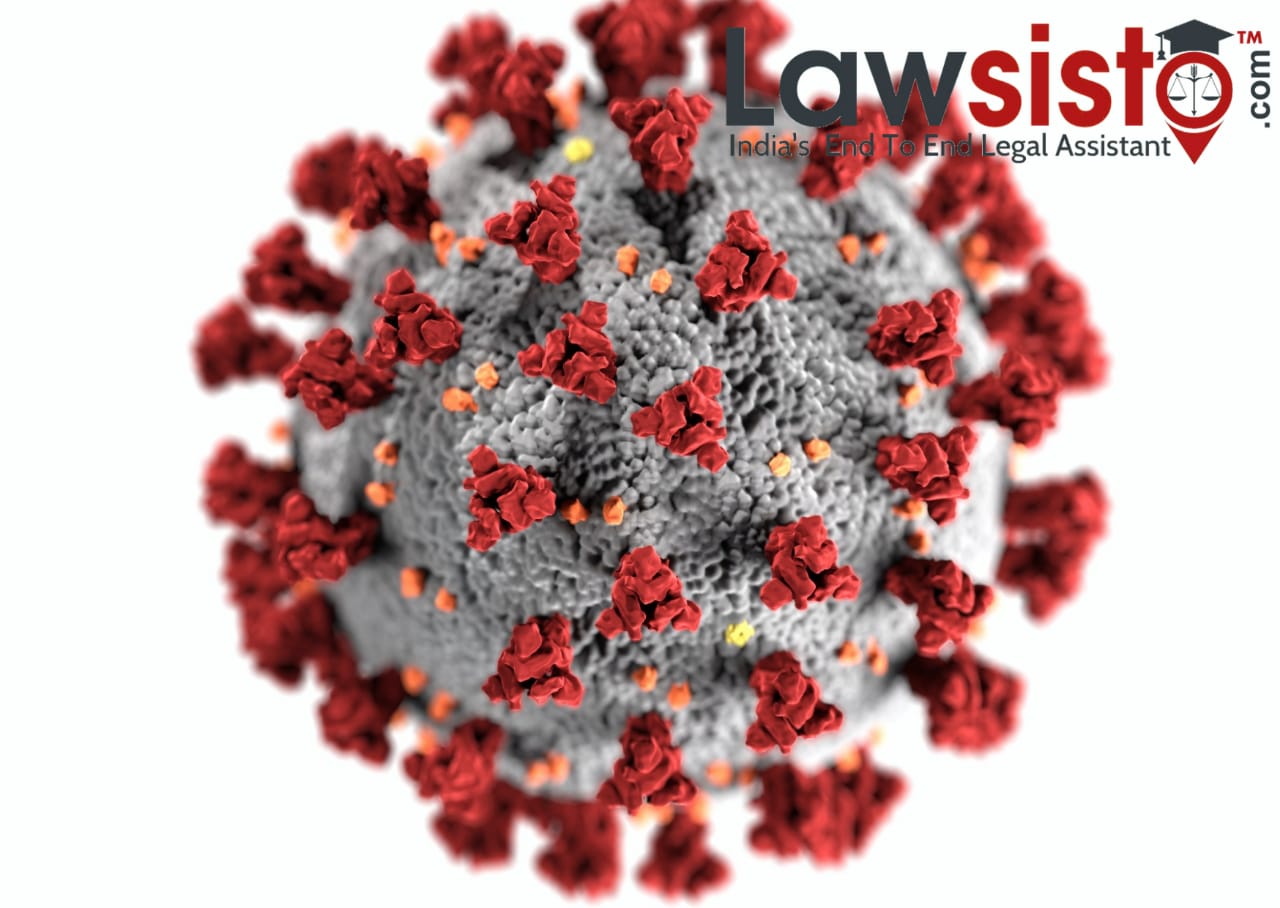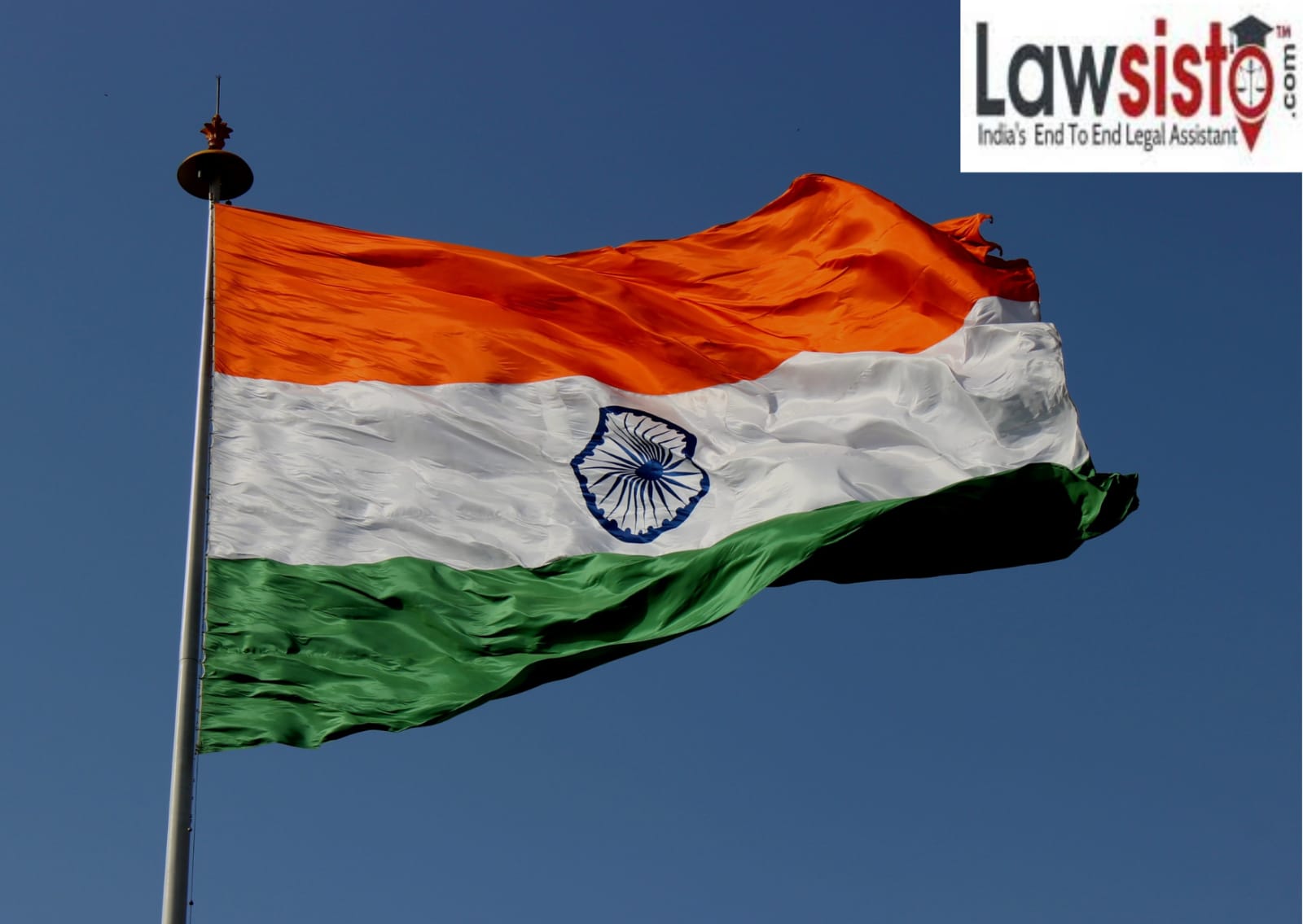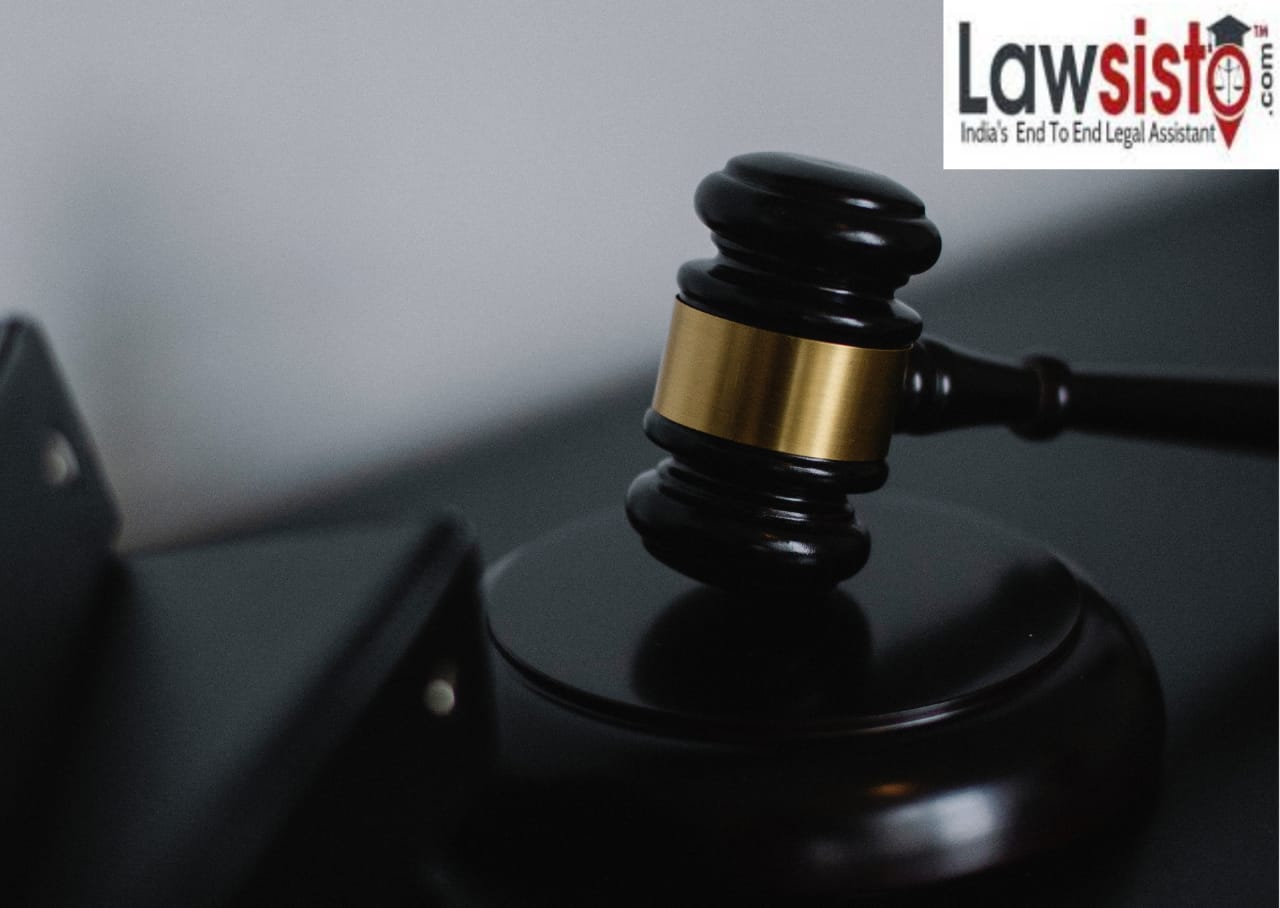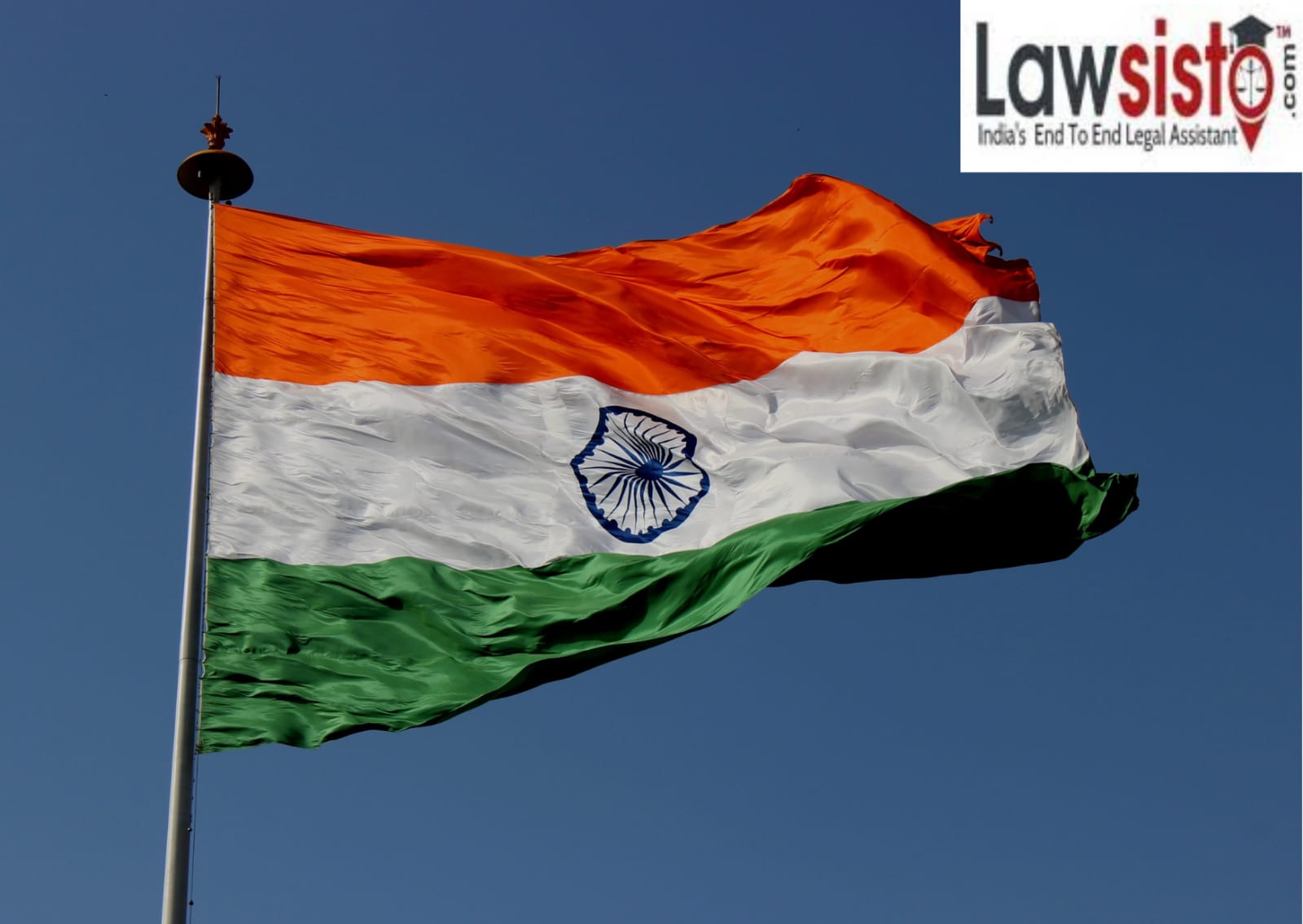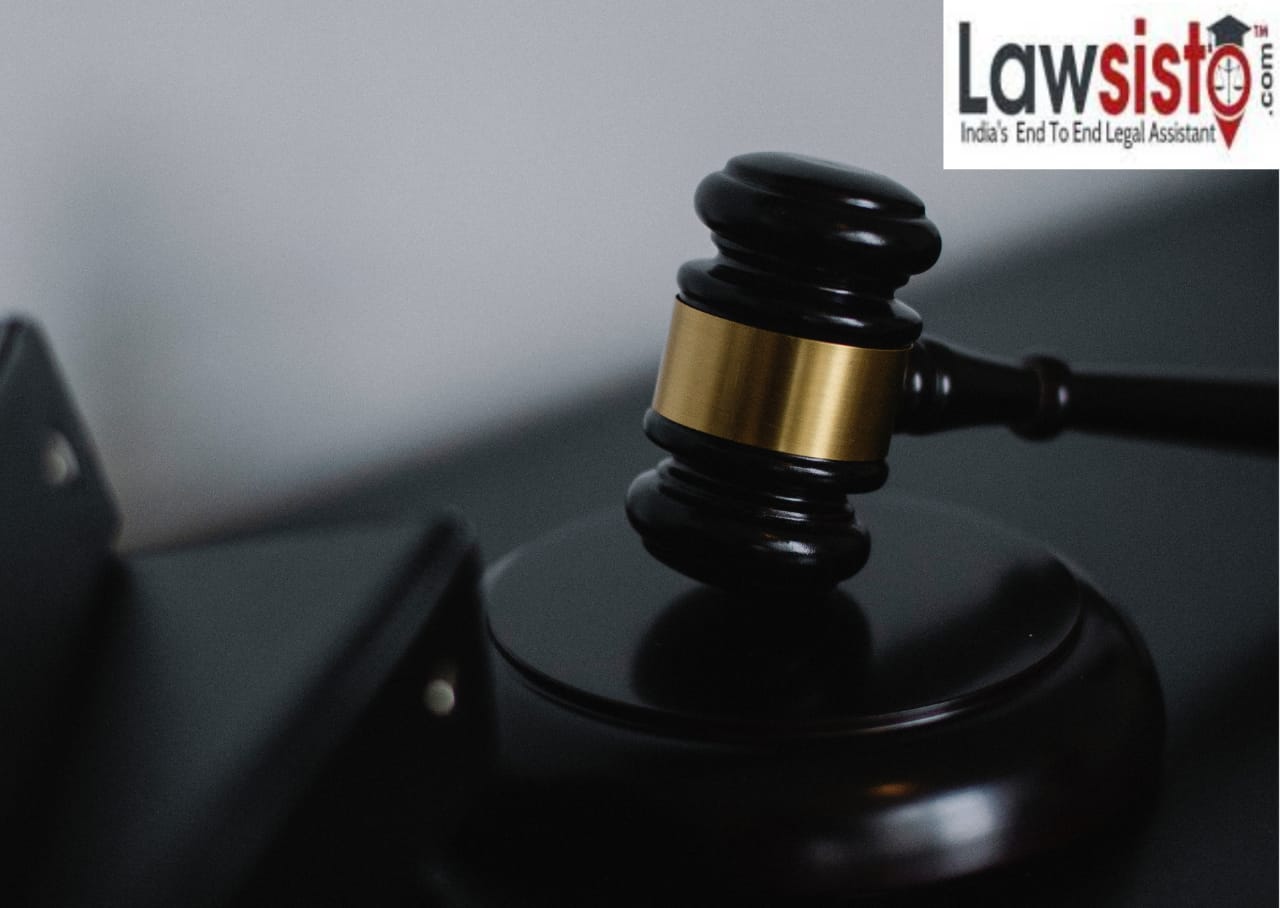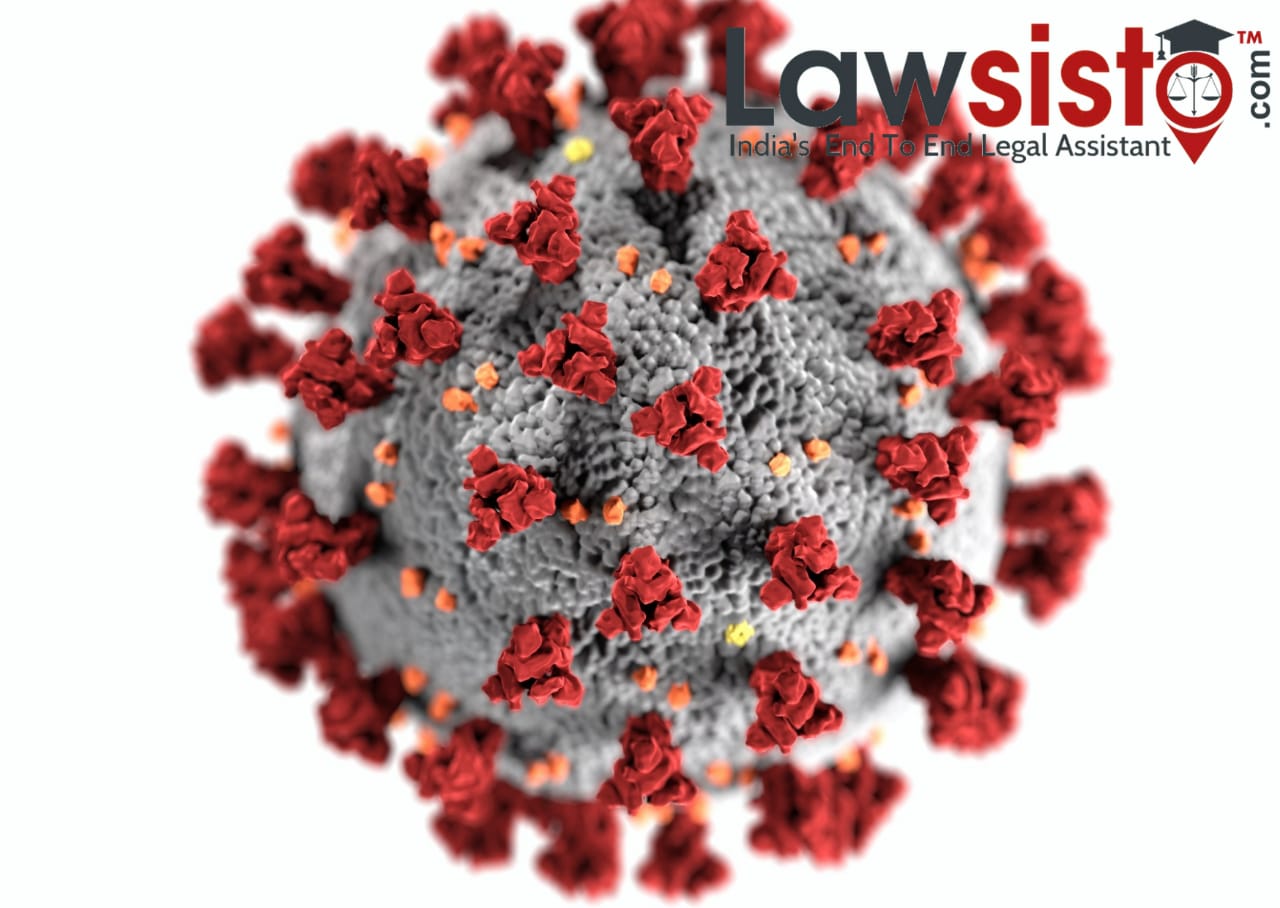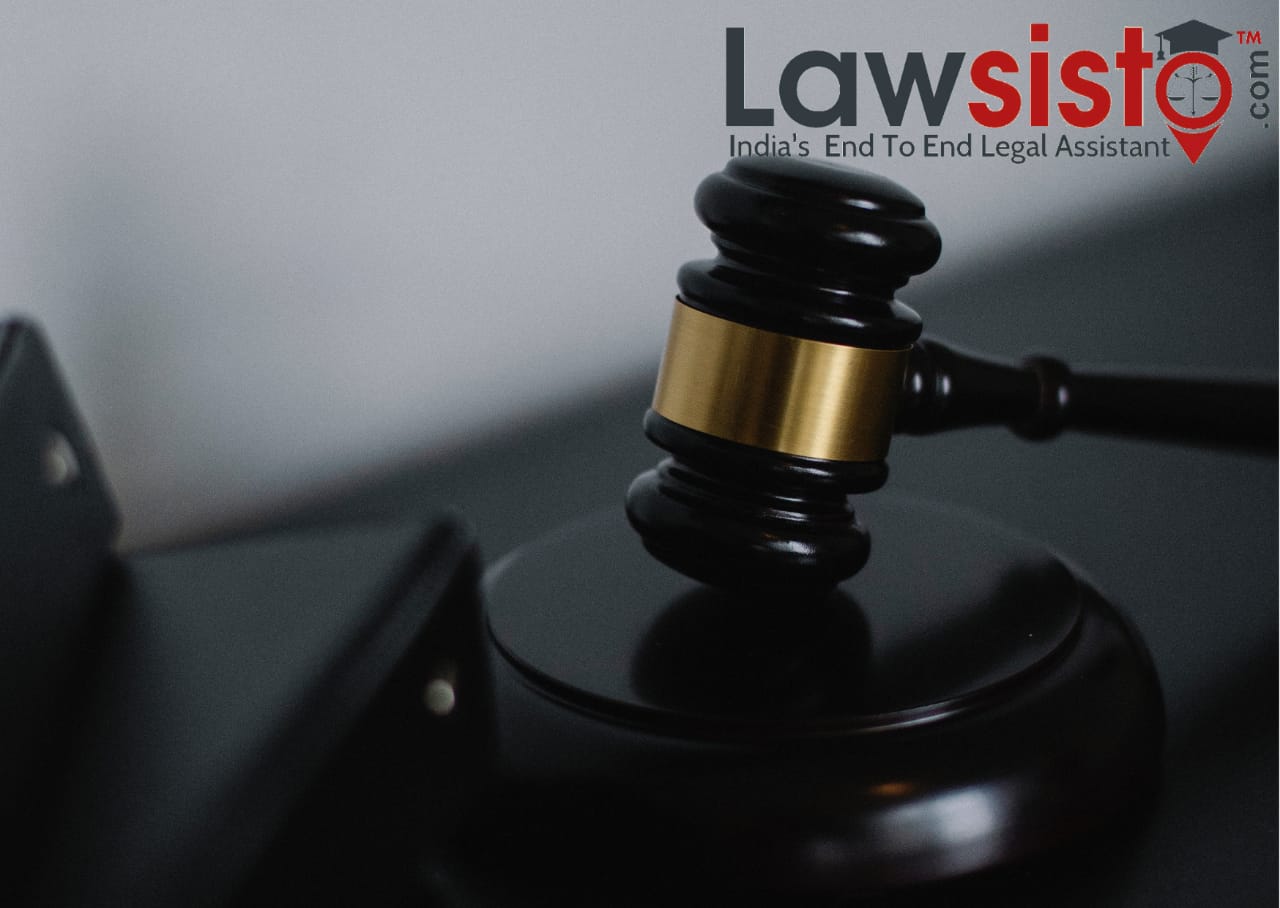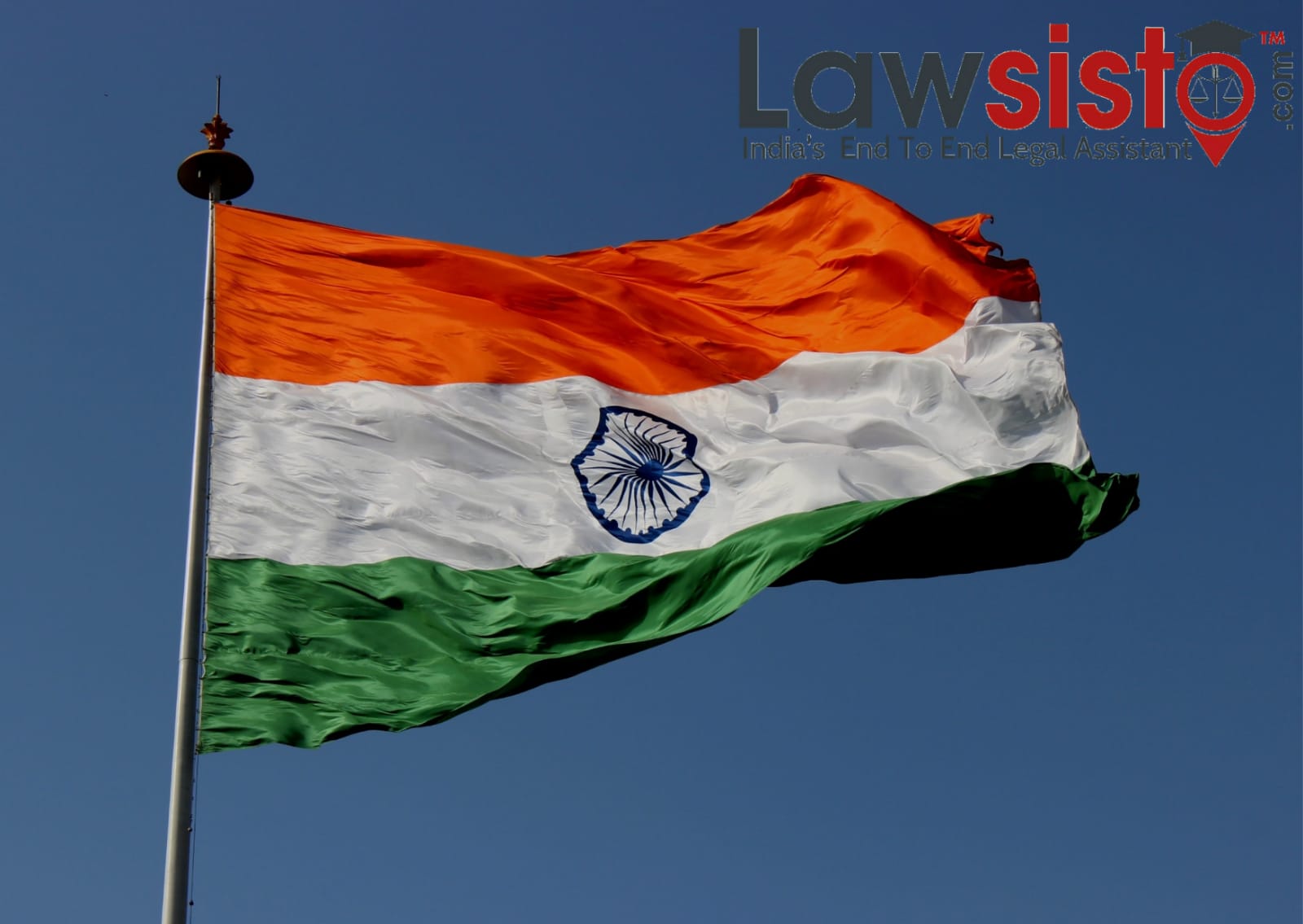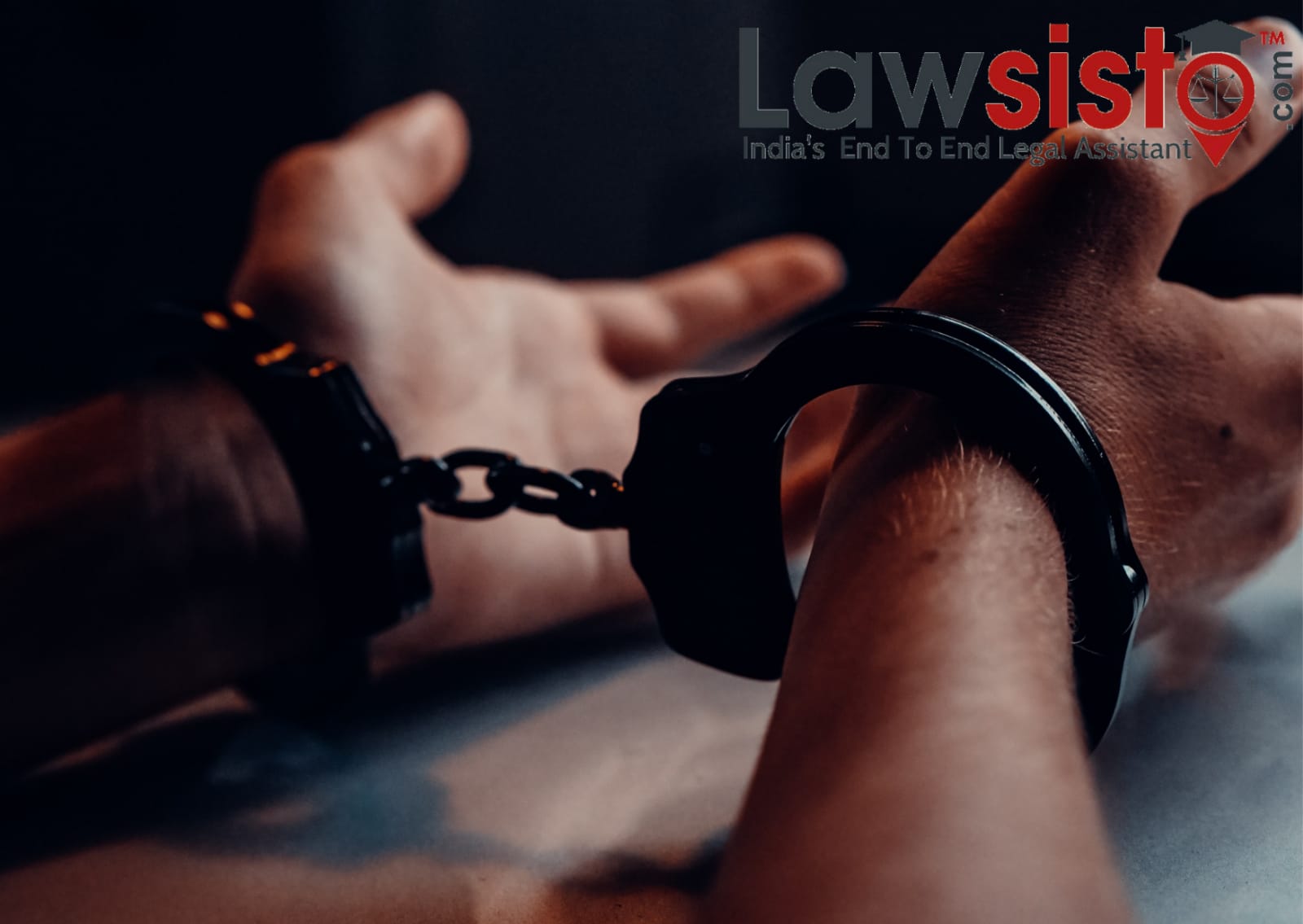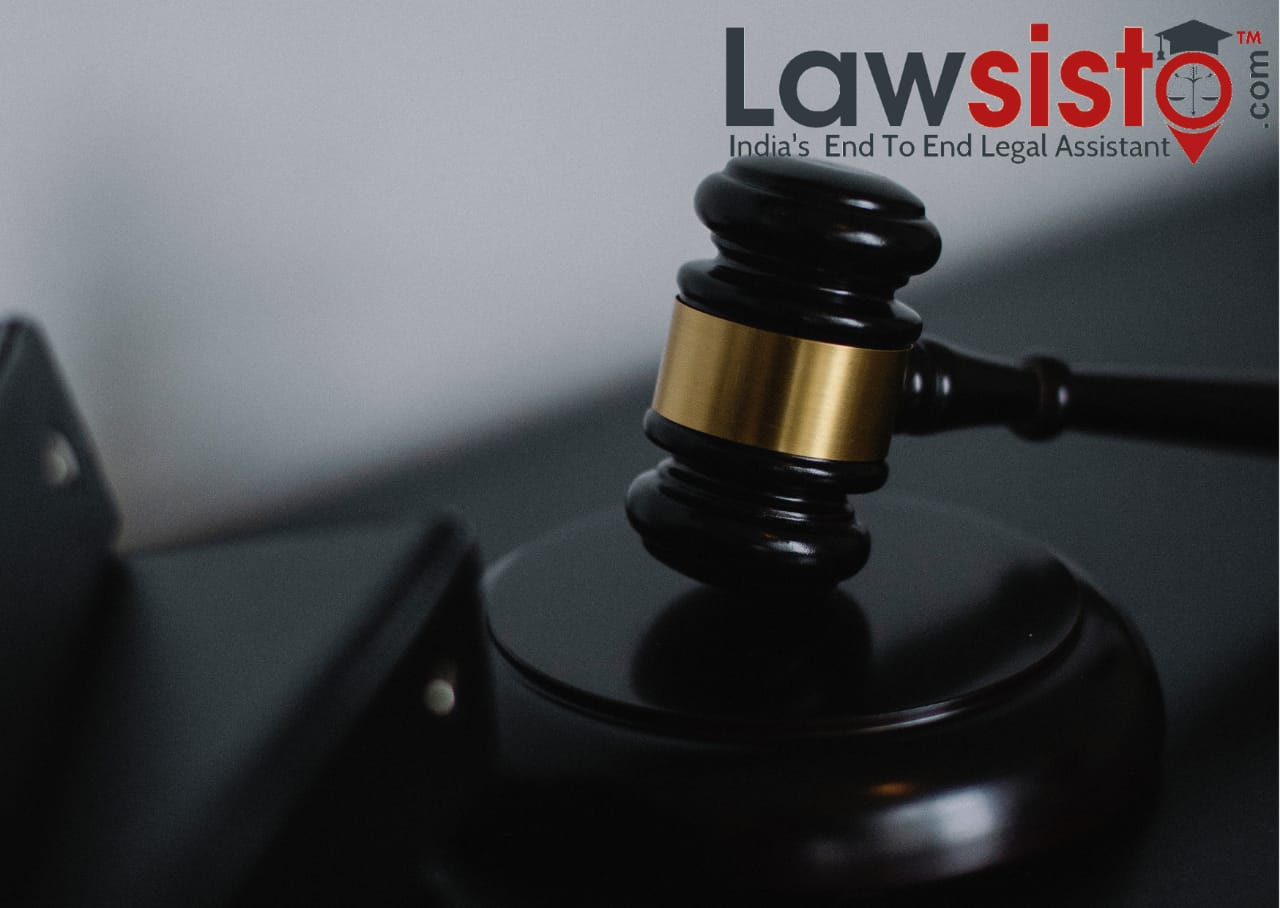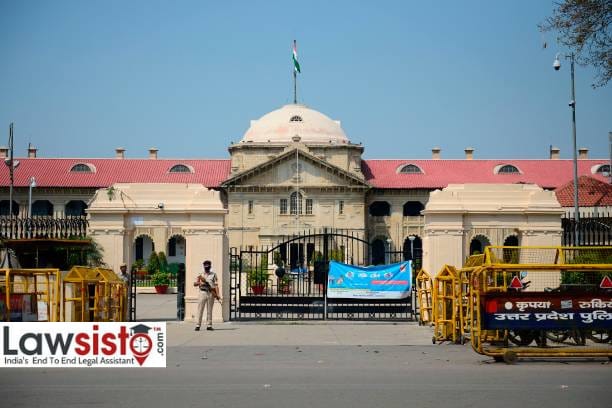Latest News
Shilpa Mittal vs State of NCT od Delhi
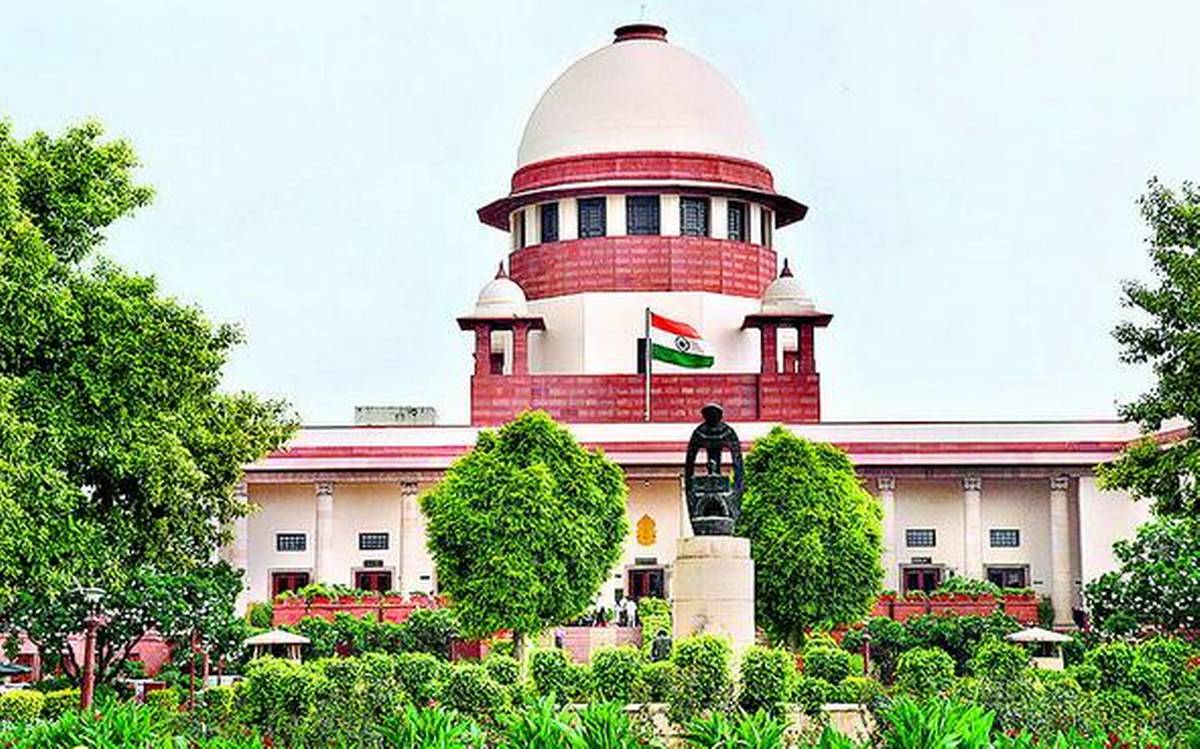
The Honourable Supreme Court on 9th January 2020 deliberated upon the issue "Whether an offense prescribing a maximum sentence of more than seven years imprisonment but not providing any minimum sentence, or providing a minimum sentence of fewer than seven years, can be considered to be a 'heinous offense' within the meaning of section 2 (33) of the Juvenile Justice (Care and Protection of Children) Act, 2015?" in the case of Shilpa Mittal v. State of NCT of Delhi and Anr.
Brief Facts of the case
A Juvenile 'X' aged above 16 and below 18 years of age is alleged to have committed an offense punishable under section 304 of Indian Penal Code, 1860 (IPC), which is punishable with a maximum punishment of imprisonment for life or up to 10 years and fine in the first part and imprisonment up to 10 years or fine, both in the second part. No minimum sentence has been prescribed.
The deceased in the vehicle accident was the brother of the appellant. The Juvenile, at the time of occurrence, was above 16 years and below 18 years. The Juvenile Justice board held that the juvenile 'X' had committed a heinous offense, and, therefore, should be tried as an adult. The appeal filed to the children's Court was also dismissed. Thereafter, the juvenile 'X' through his mother approached the High Court of Delhi, which held that since no minimum sentence has been prescribed for the offense in question, the said offense does not fall within the ambit of section 2(33) of the Juvenile Justice ( Care and Protection ) Act, 2015. Now, the appeal was filed by the sister of the deceased in the Supreme Court.
Sections 2(33), 2(45), and 2(54) respectively define Heinous, Petty, and Serious offenses. Heinous offenses are those for which punishment prescribed is a minimum of 7 years or more in IPC or any act time being in force.
Counsel for the appellant, Siddharth Luthra pointed out to the Court that 4th category of offenses have been left out by the Juvenile Justice Act for which the minimum sentence is less than 7 years, or no minimum sentence is prescribed, but the maximum sentence can be more than 7 years which included homicide not amounting to murder (offense of present case). He persuaded the Court to remove the word 'minimum' from the definition of heinous offenses so that all offenses except for petty and serious would fall under the heading of 'heinous offenses' Furthermore, he stated that if the fourth category of offenses was left out, it would result in absurdity which could not have been the intention of the legislature.
Mukul Rohtagi, the learned senior counsel for the Juvenile submitted that the Court could not rework the law. He argued that the intention of the legislature could not be interpreted by the Court because a category of offenses had been left out and the Court cannot step in to rectify the lacuna in the Act.
Judgment and Observation
The Court assented to Mr. Luthra's submission but reasoned that it was not the duty of the Court to fill in the gap and correct it. The Court stated that it could add or subtract words from a statute when the intention of the legislature is clear. However, in cases where the purpose of the legislature is unclear, the Court cannot add or subtract words to give meaning which the Court feels would fit into the scheme of things. The Court was interpreting a statute that must be interpreted as per its language and intent. The purpose of the Act of 2015 is to ensure that children who come in conflict with the law are dealt with separately and not like adults. When the language of the section is clear where it prescribes a minimum of 7 years imprisonment while dealing with heinous offenses then we cannot wish away the word 'minimum'.
The Court disposed of the appeal by answering the issue and holding that an offense that does not provide a minimum sentence of 7 years cannot be treated as a heinous offense. However, the Act does not deal with the fourth category of offenses, i.e., offense where the maximum sentence is more than seven years imprisonment, but no minimum sentence or a minimum sentence of fewer than seven years is provided, shall be treated as 'serious offenses' within the meaning of the Act and dealt with accordingly till the Parliament takes the call on the matter.
Document:
